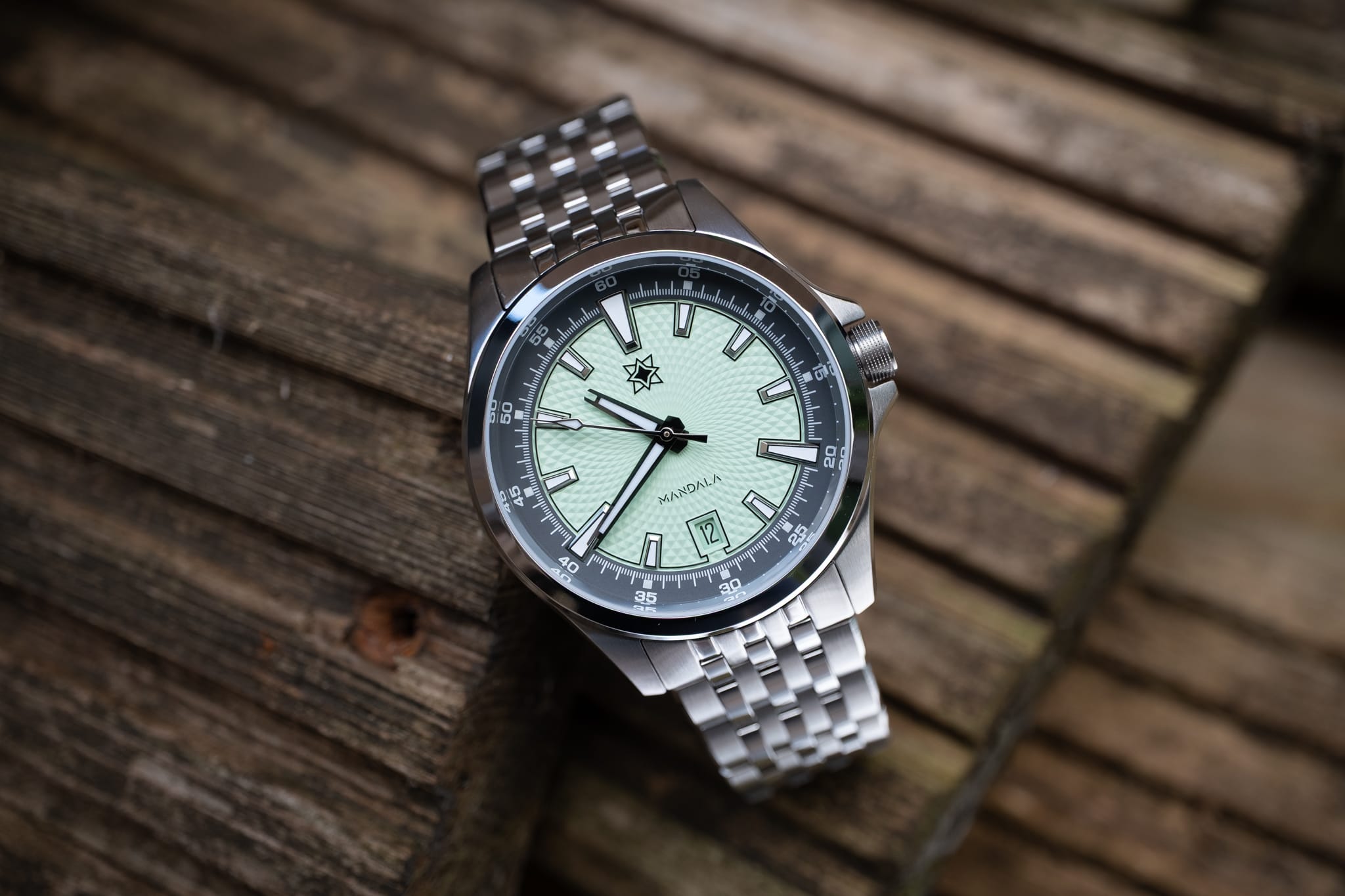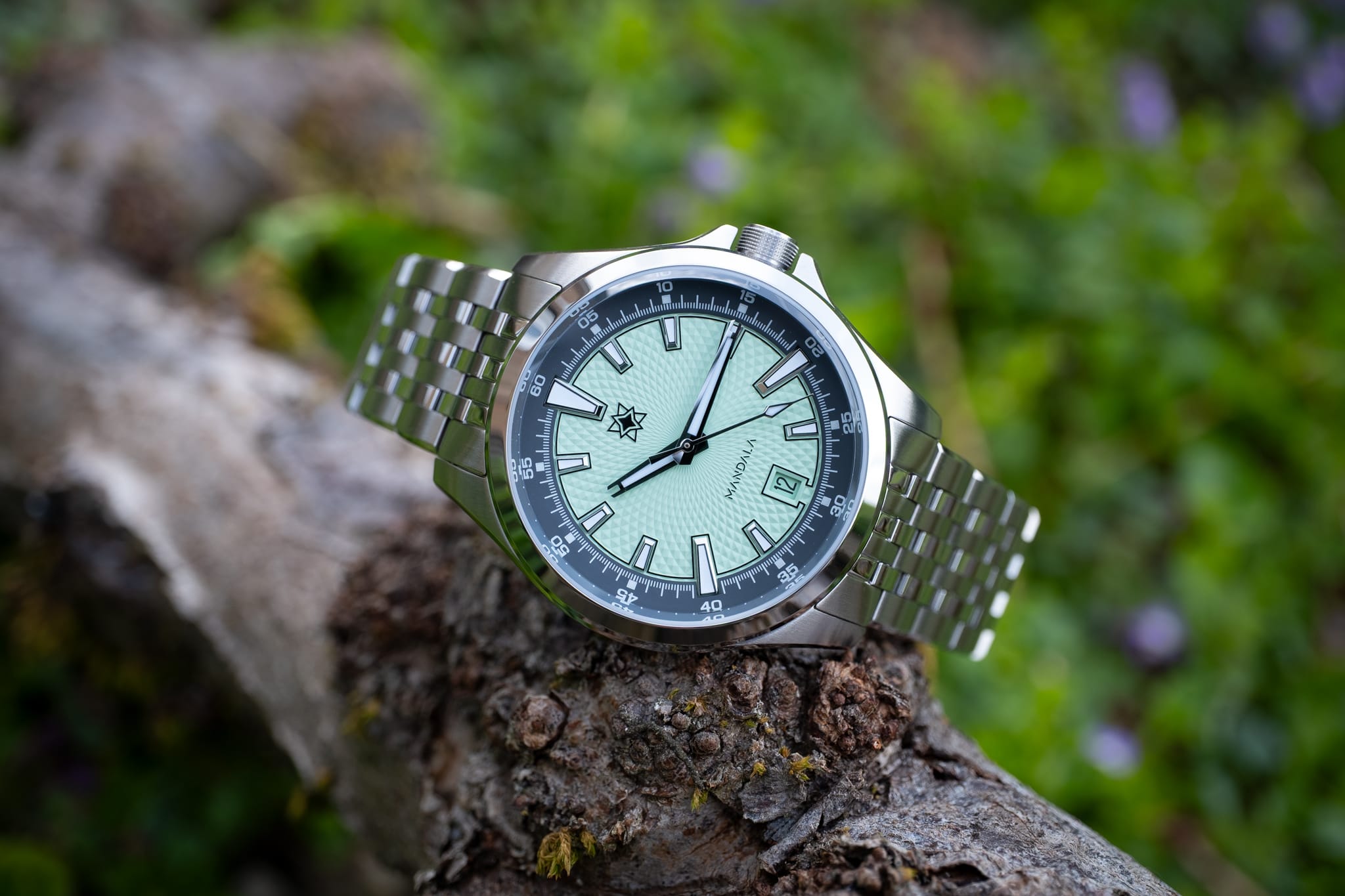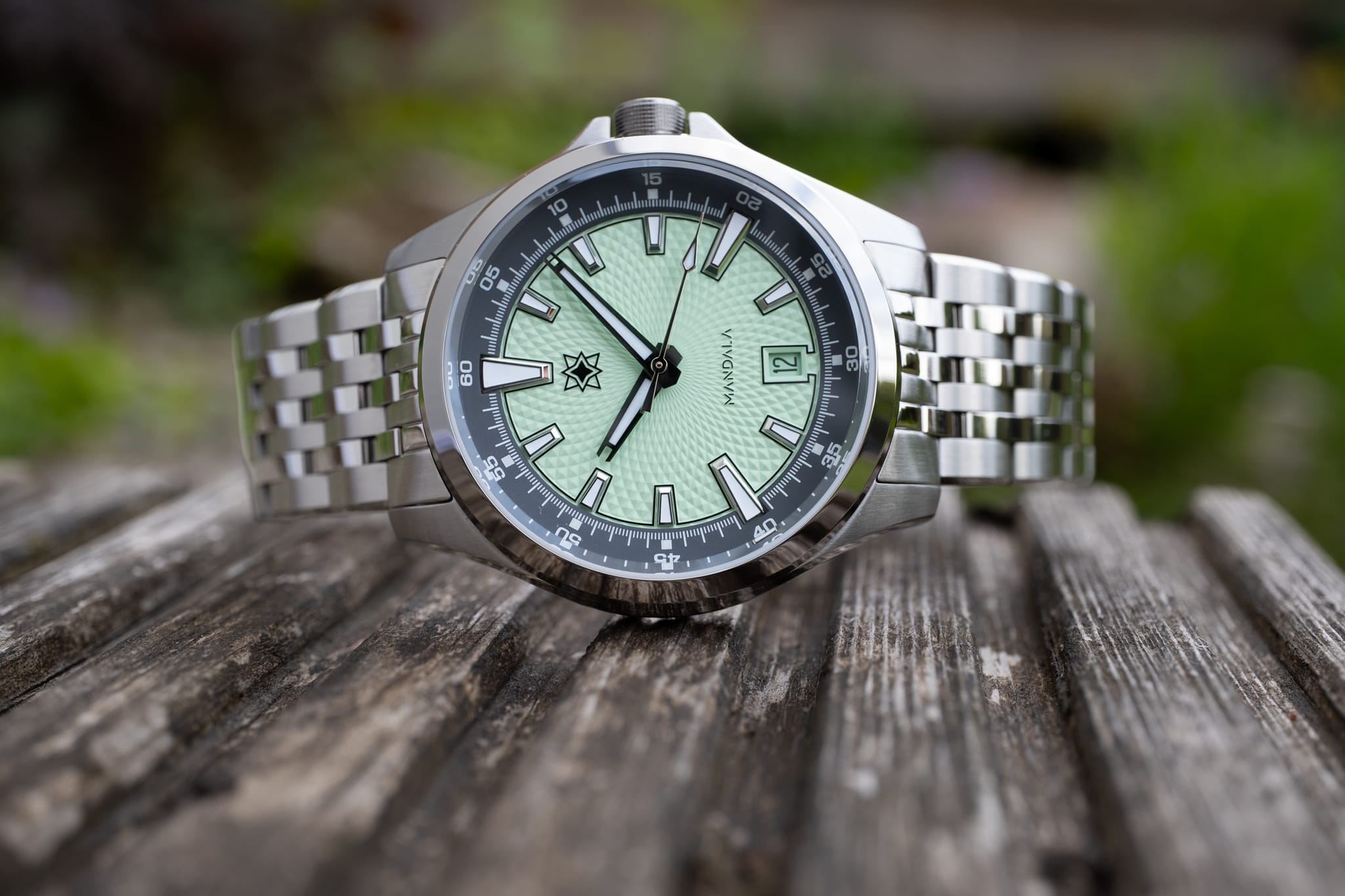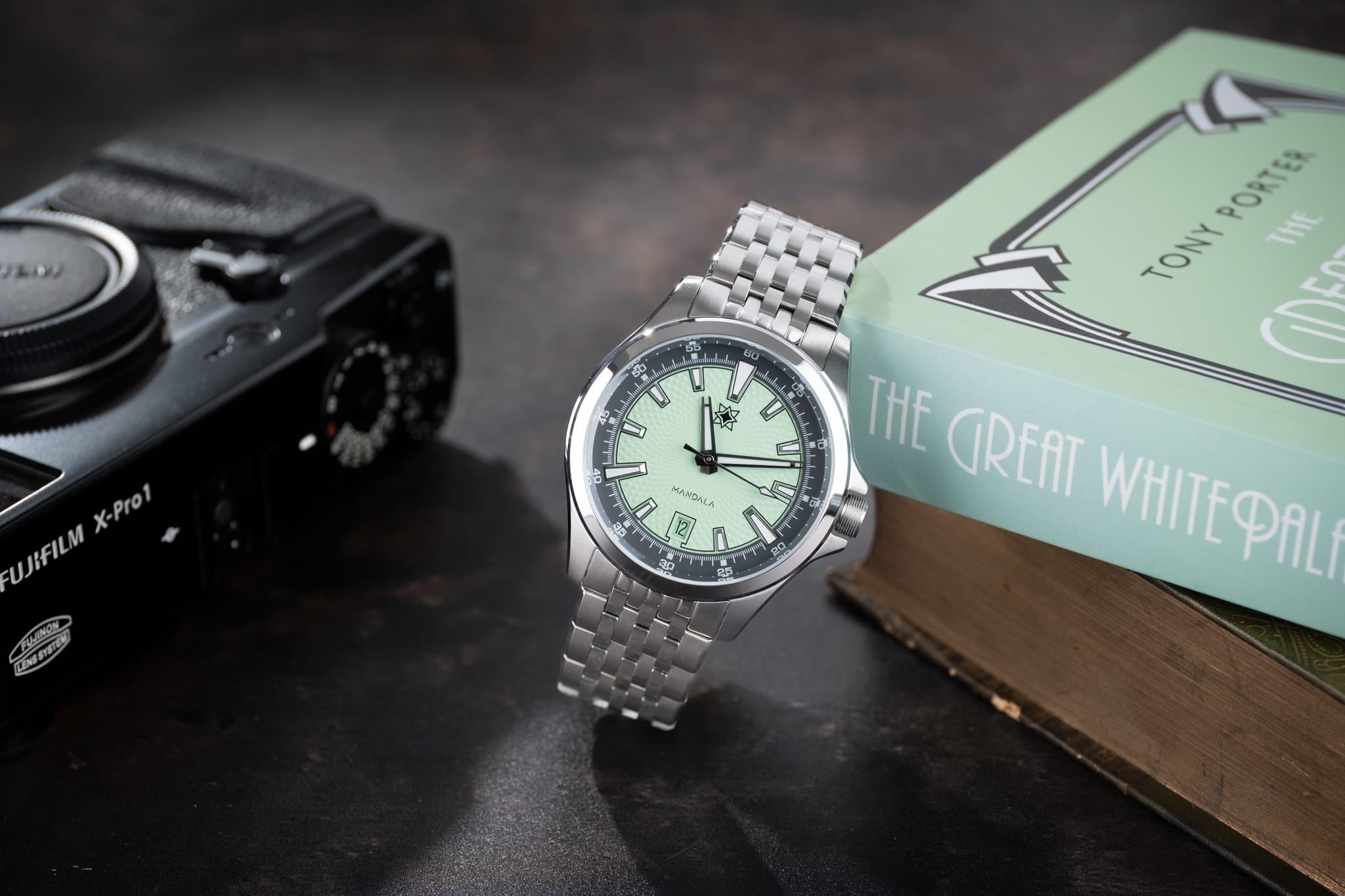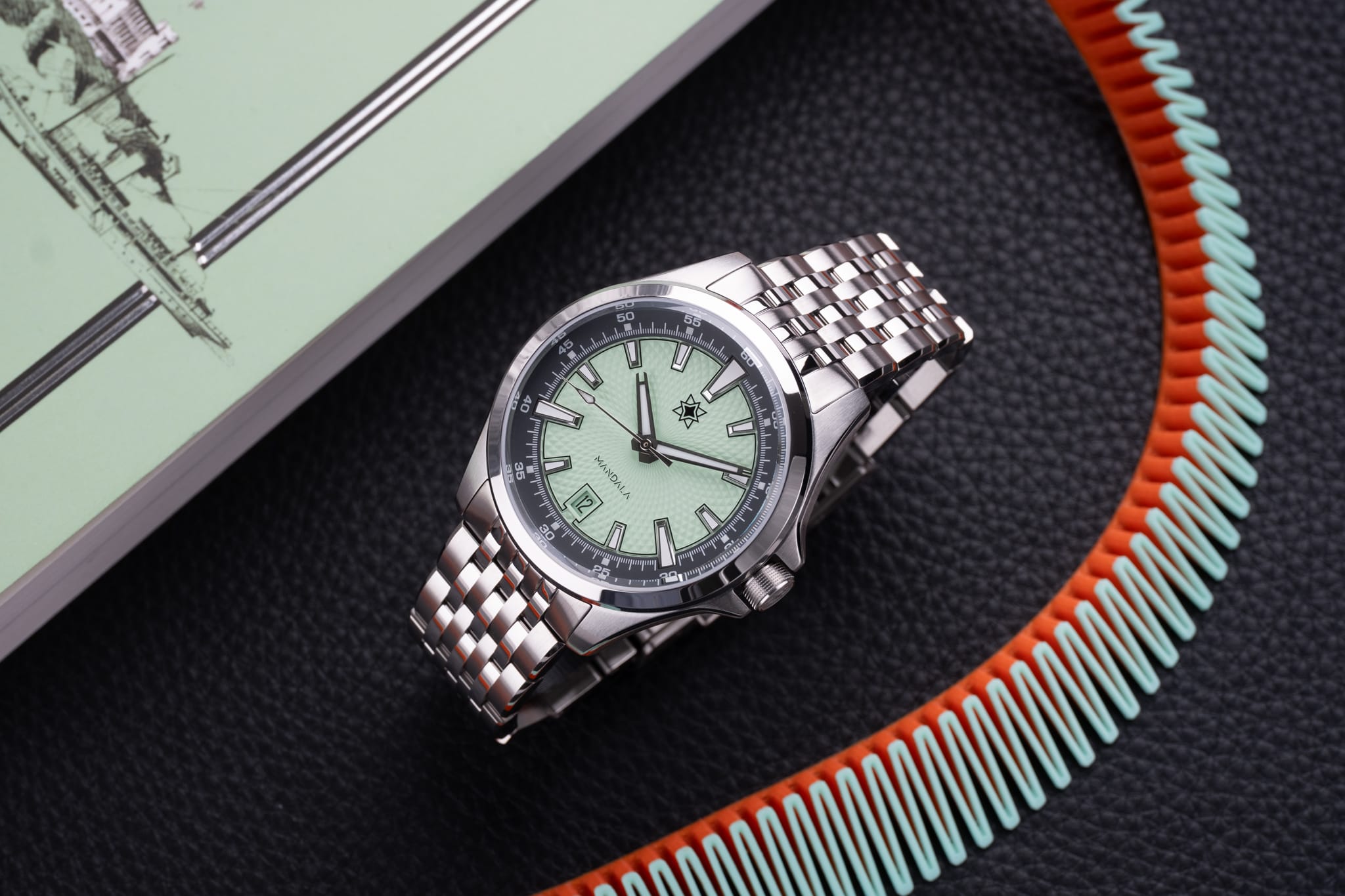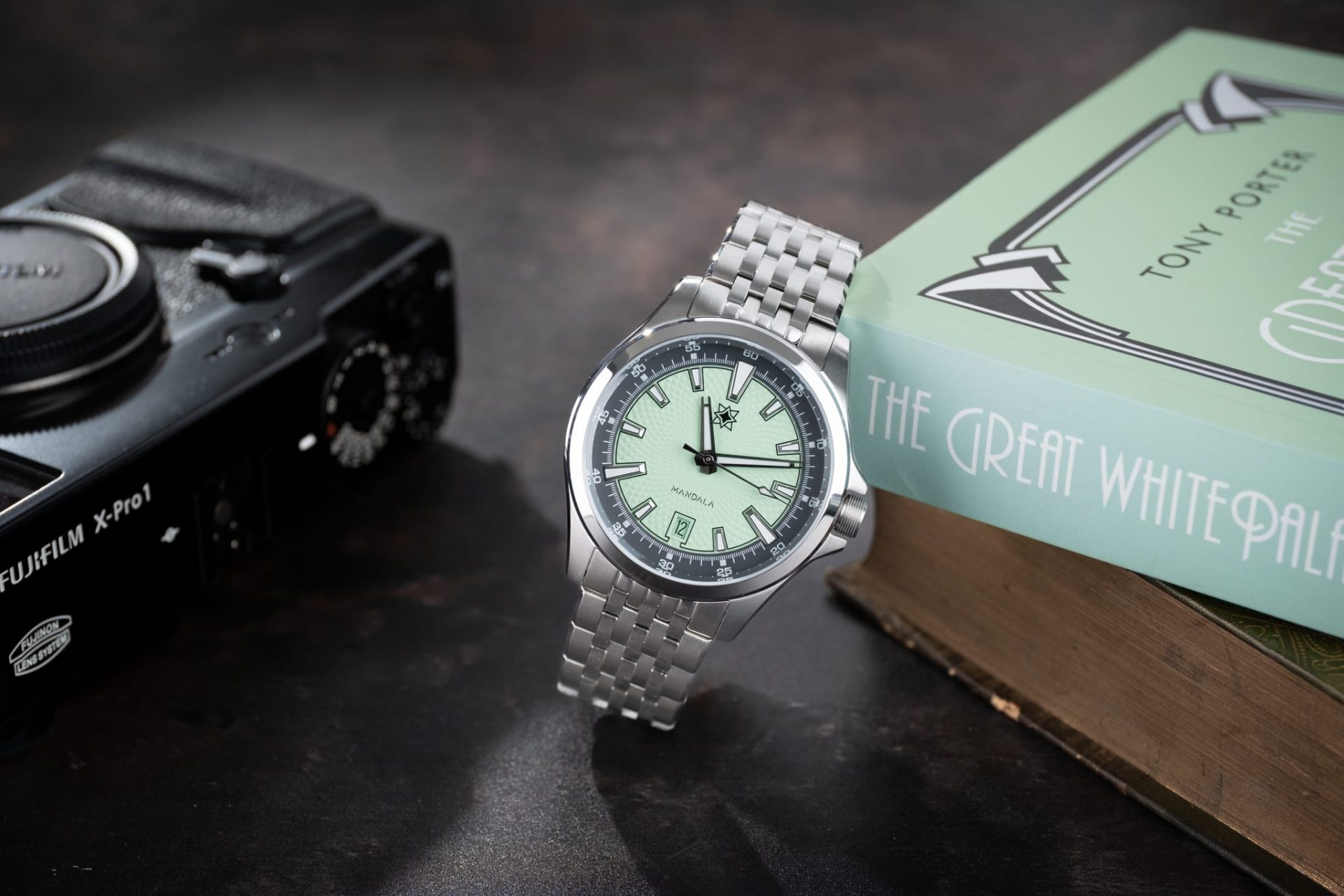The Mandala MK3 is a watch that makes an instant impact, thanks to its dramatic patterned guilloché dial. But the dial is just the tip of the iceberg when it comes to the refined details on offer…
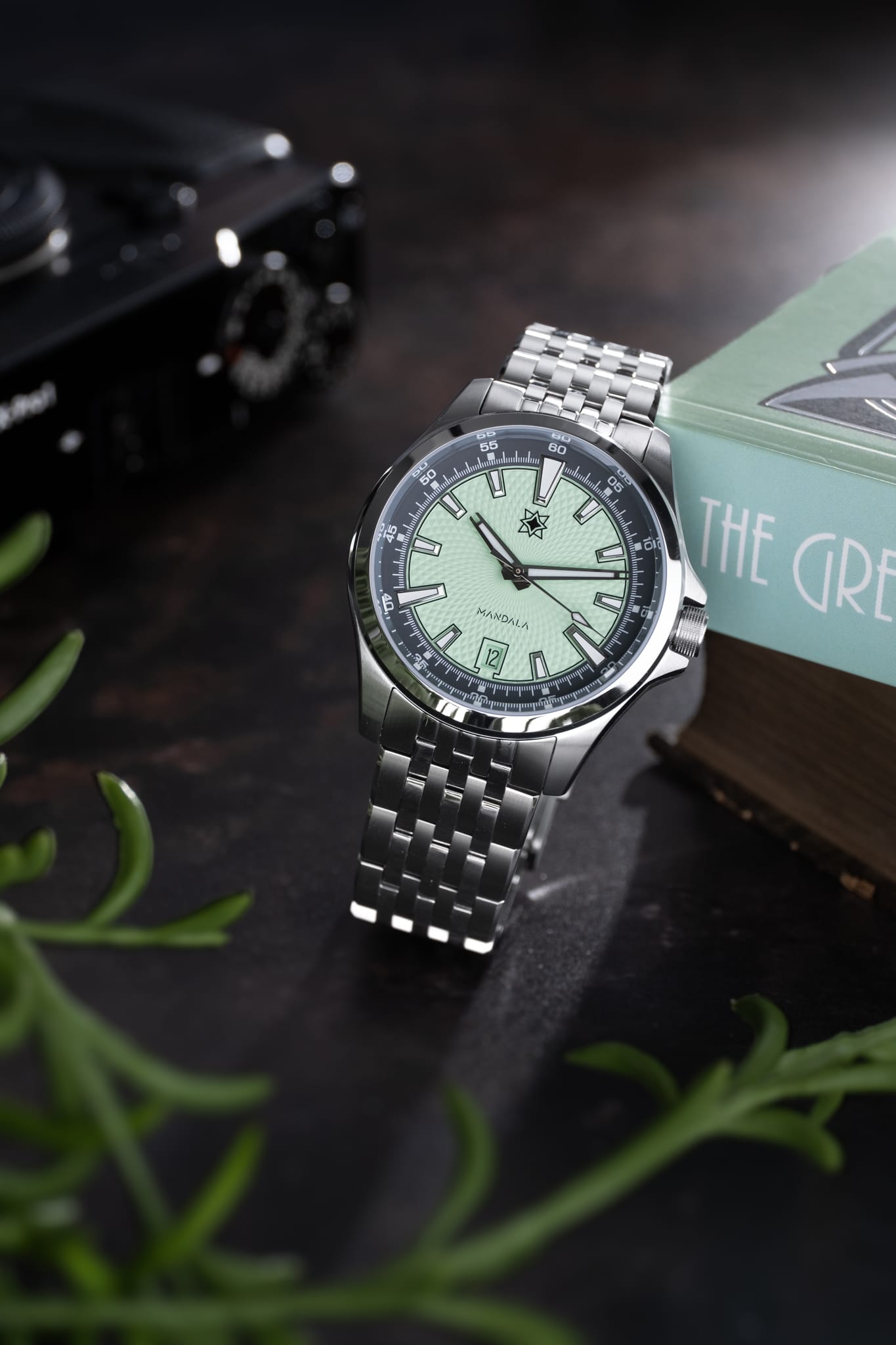
Compared to other areas of the globe, Australian microbrands and independents are few, but for me what they lack in numbers they make up for in quality as they appear to have an uncanny knack for releasing some of the highest quality affordable watches available over the past couple of years.
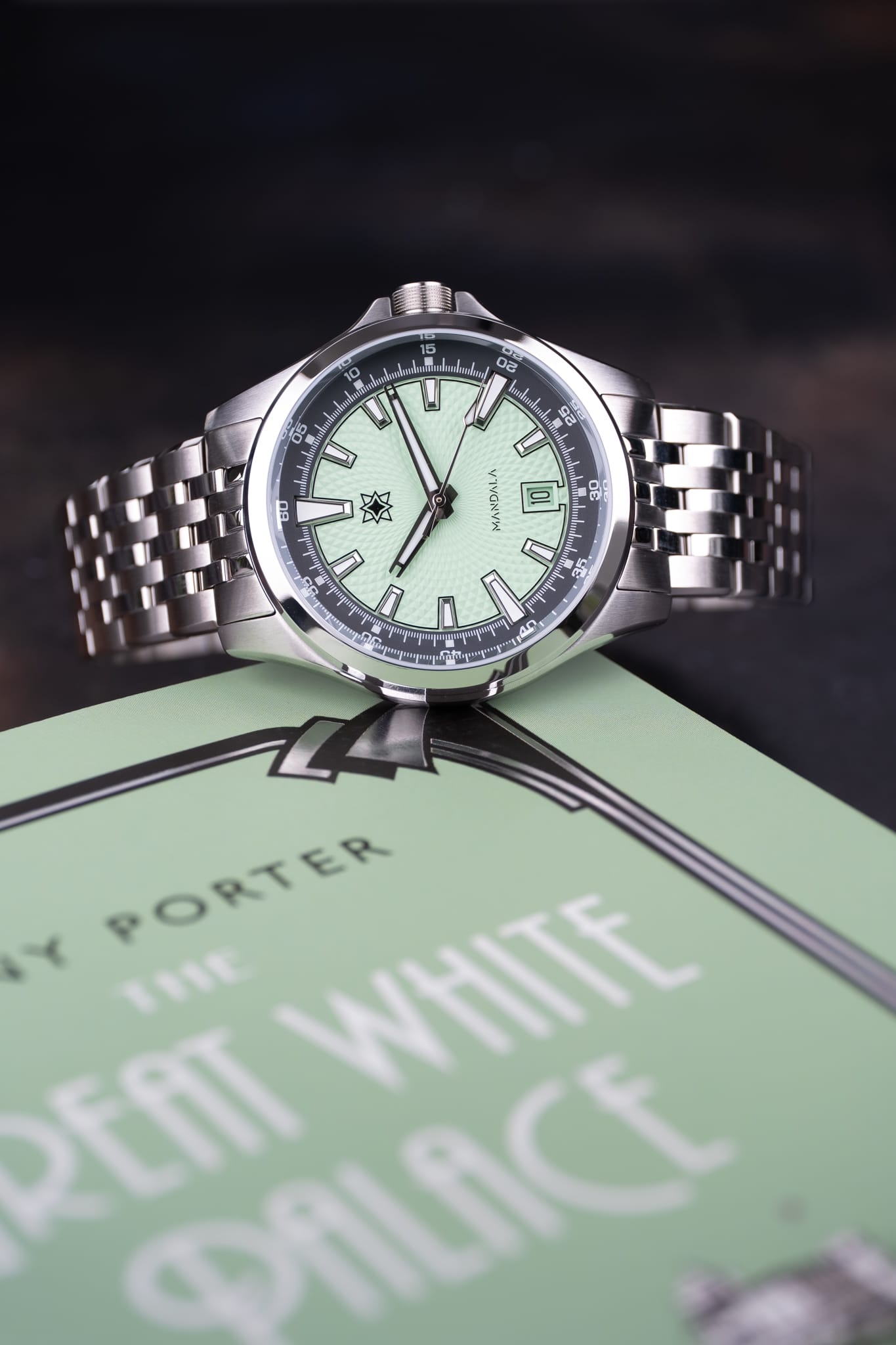
Ocean to Orbit really hit a home run with their Lhotse that I reviewed earlier this year, and I’ve previously reviewed two watches from Second Hour, both of which were very strong offerings. I was therefore thrilled to be asked to review Second Hour’s new Mandala as it’s the only watch from the brand that’s on its third iteration. Surely this means that any niggles have been ironed out and that they’ve honed in on the details that make the Mandala the Mandala?
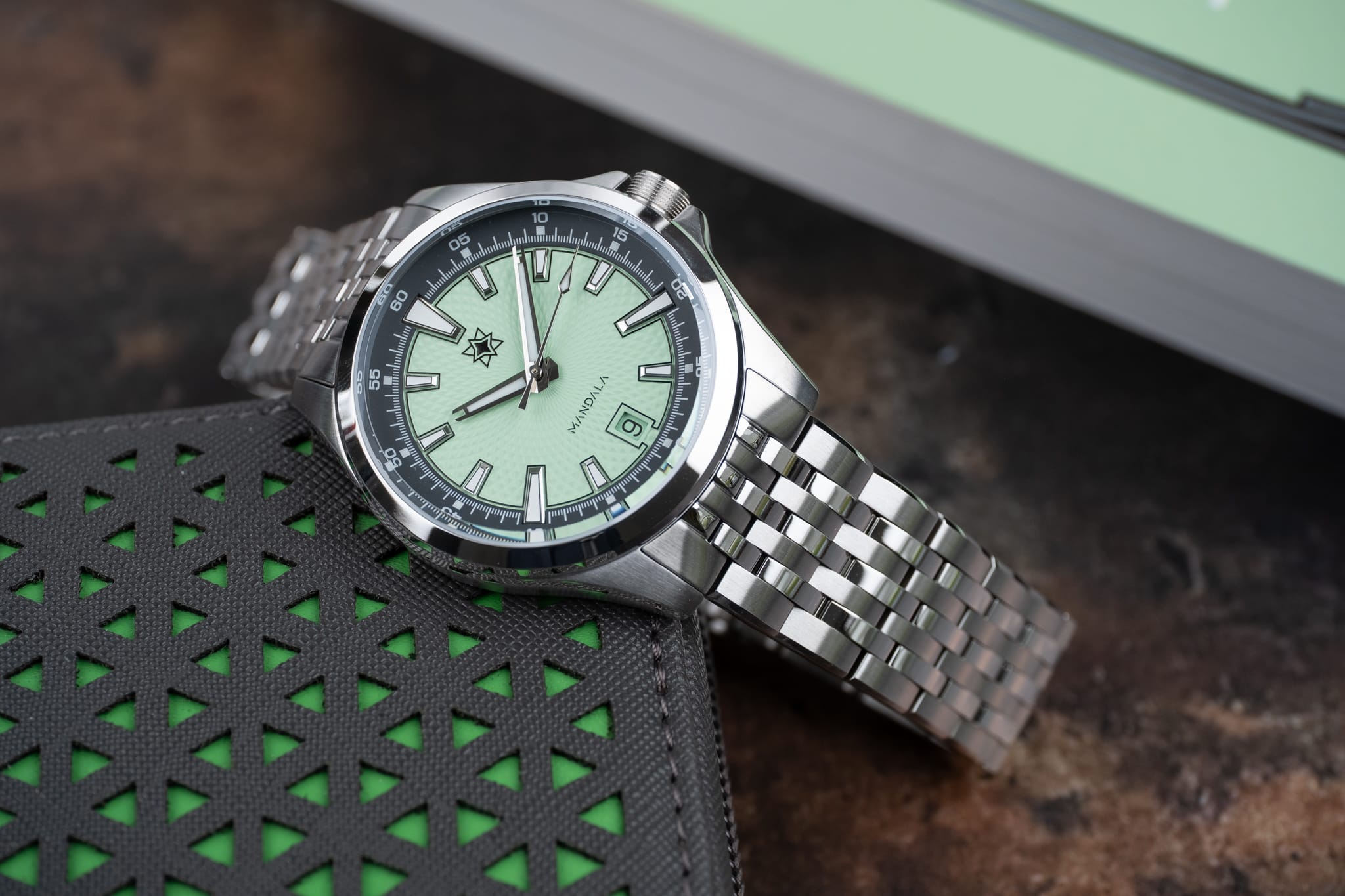
Second Hour Mandala MK3 Collection Overview
There are seven dial colours to choose from, but all watches share the same case, bracelet and movement. My review watch is the mint dial. The other variants comprise Midnight Black, Silver Blue, Salmon, Bull’s Eye Blue (white dial with blue chapter ring, Bull’s Eye Red (white dial with red chapter ring) and Bumblebee (check out Instagram for exclusive shots of this). The Mandala, much like the Sattelberg I previously reviewed, broadly falls into GADA (Go Anywhere, Do Anything) watch territory, offering more robust engineering and specifications than you’d typically find on dress watches, whilst still looking dressy enough for the office.
All variants cost $920 AUD (approx. £440 / €525 / $600 at time of writing) and come with a two-year international warranty. The watch comes with a screwdriver for resizing the bracelet and is packaged in a really cool perforated travel case through which a colour-matched layer is visible. An interest free payment option is also offered…dangerous!
The Case, Bracelet and Wearing Experience
The 40mm case is 10.5mm thick (including crystal), and the lug-to-lug measurement is 47mm. As we’ve come to expect from Second Hour and indeed many other microbrands now, the 316L stainless steel case has a hardness coating to 1200 Vickers which should ensure that any ‘patina’ from general wear and tear is minimal.
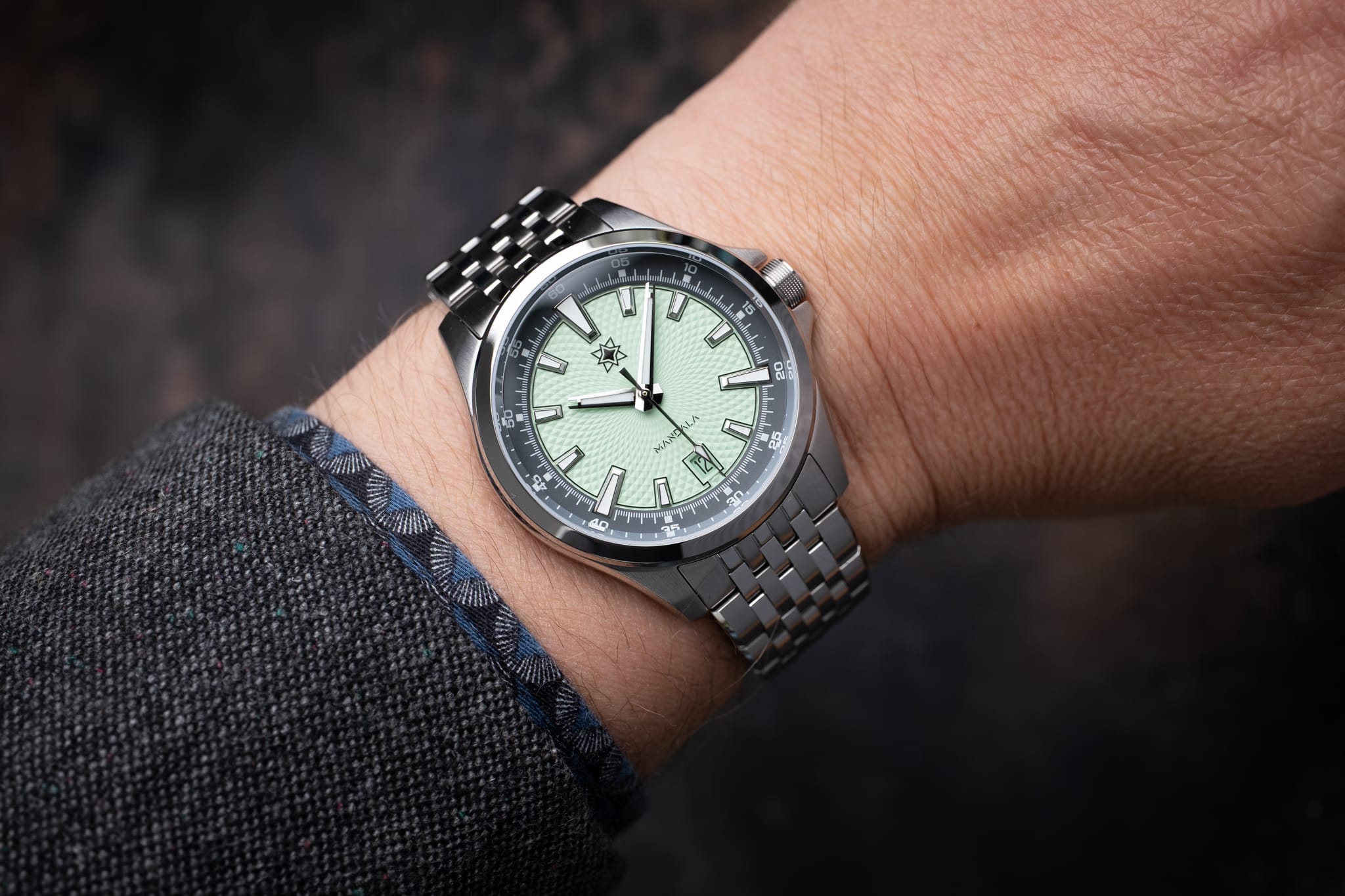
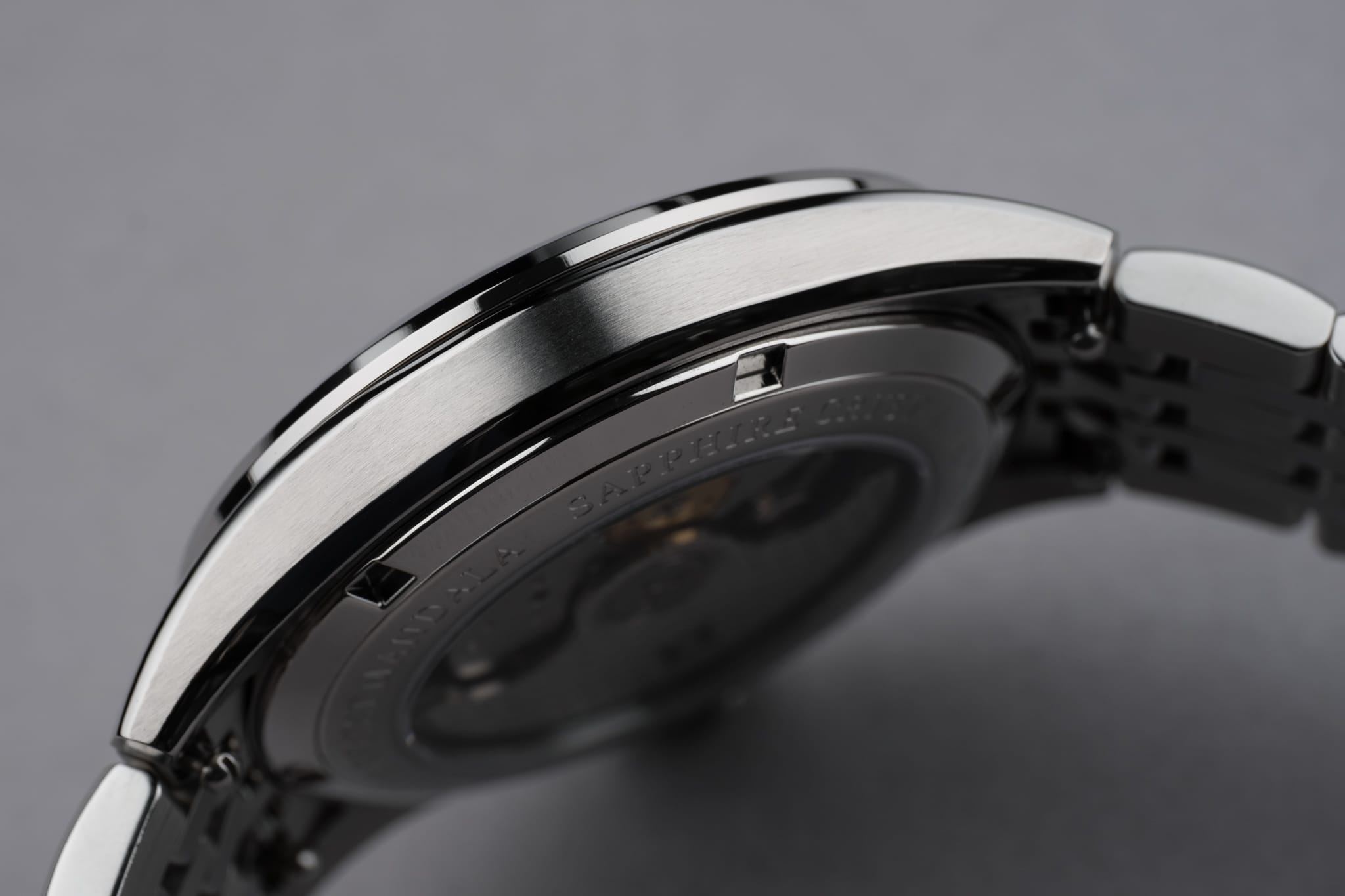
In my experience, Second Hour consistently crafts splendid cases for such a relatively affordable brand, cases that illustrate why ‘on-paper’ measurements only tell half the story. Much like the Gin Clear and Sattelberg, how the Mandala wears owes as much to the sophisticated case design and how it’s finished as it does to the dimensions. It’s one of those watches that feels solid and has some heft but is very comfortable on your wrist thanks to refinements that are often lacking in other affordable brands and indeed some not so affordable!
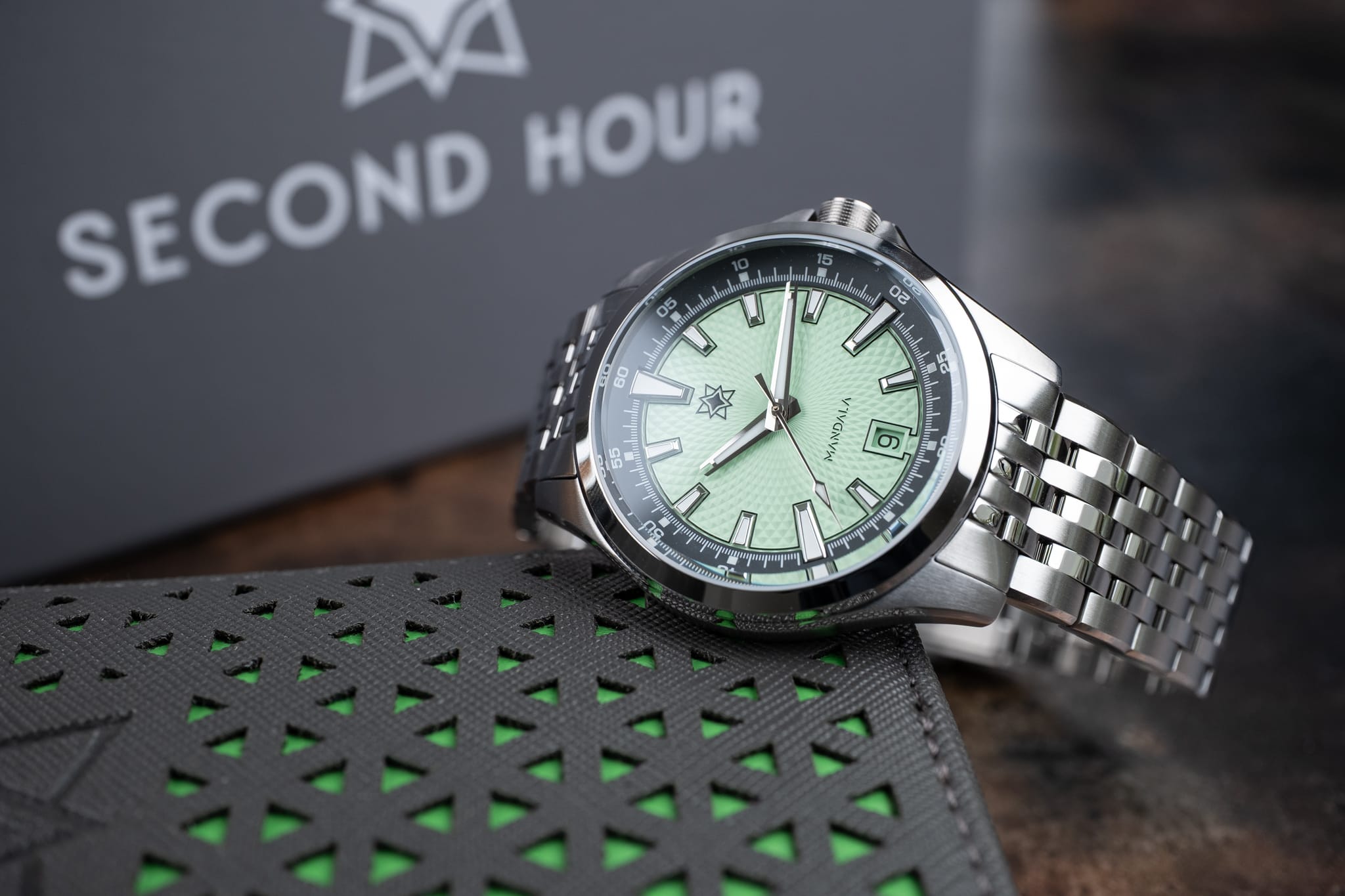
The Mandala’s case comprises a blend of polished and brushed elements. Working from dial side to rear, the three-part case has a fully polished bezel comprising three facets, a wide sloped face, a more acutely angled mid-section and vertical sides. The flat sapphire crystal rises above the bezel, has a substantial bevel and is coated with six layers of inner anti-reflective coating. The predominantly satin-brushed mid-case has a gloriously slim and curved profile, with generous high-polished continuous chamfers that extend the entire length of the case on both sides, broken only for the crown guards. The lugs are slender and curve down sharply at the undercut ends, adding to the comfort.
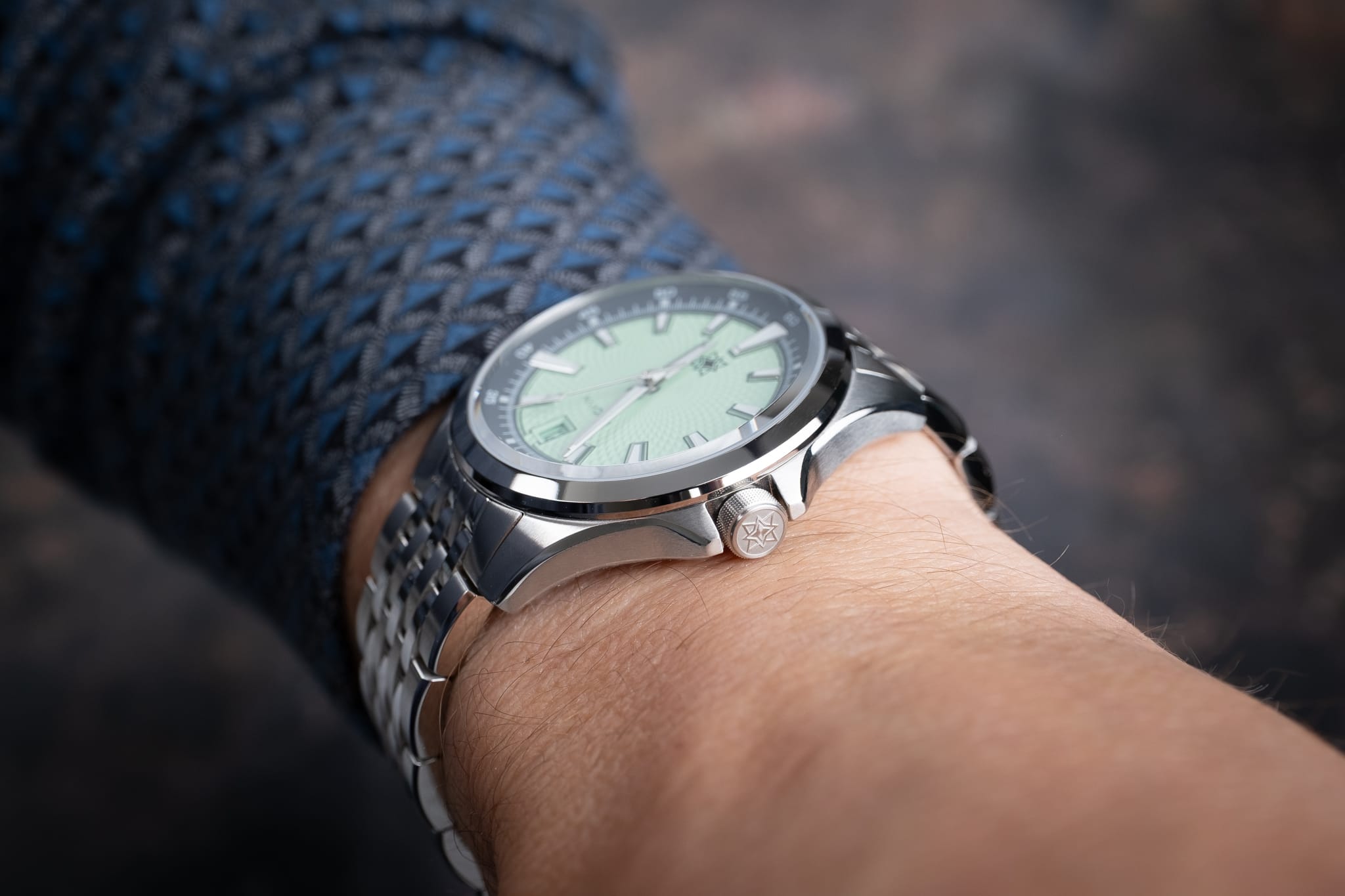
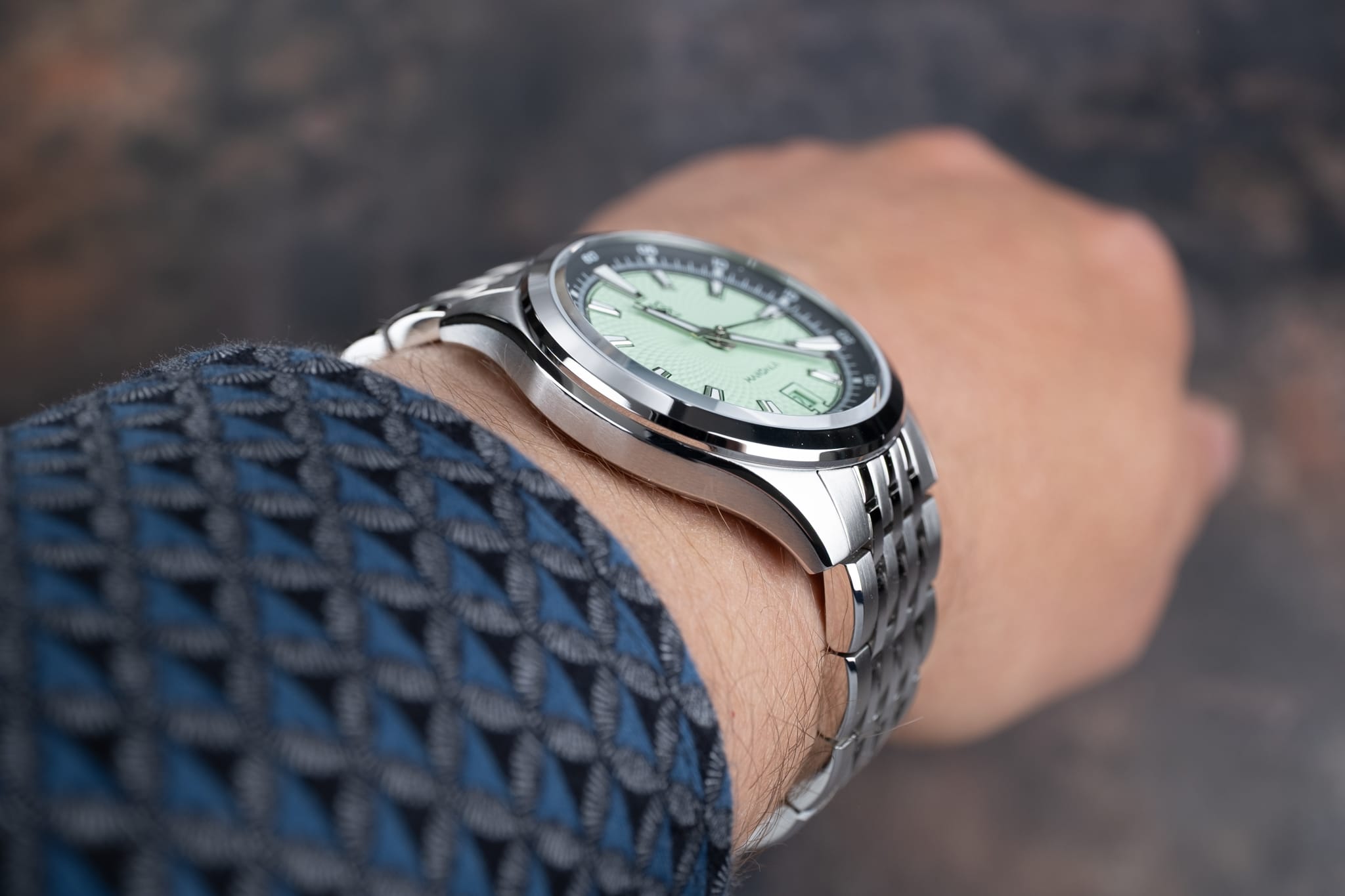
The heavily knurled 5.8mm screw-down crown is very grippy and nestles between crown-guards that have an elegant taper. The crown operates well with positive steps and latches down confidently. A sturdy pendant tube protects the stem and there is little to no play in the stem. The crown face features an embossed Second Hour logo, with negative space that is sandblasted. Water resistance is 100m.
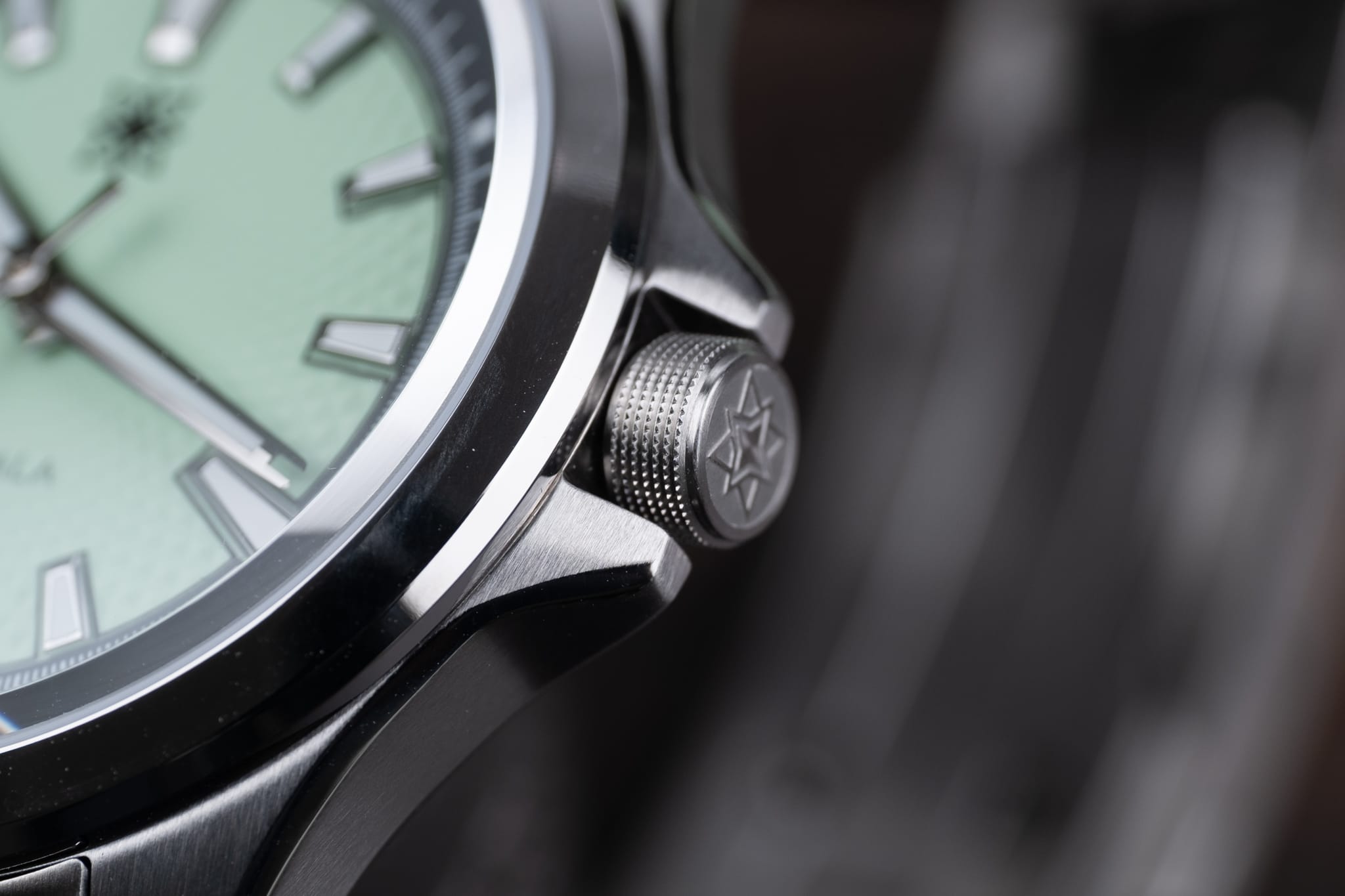
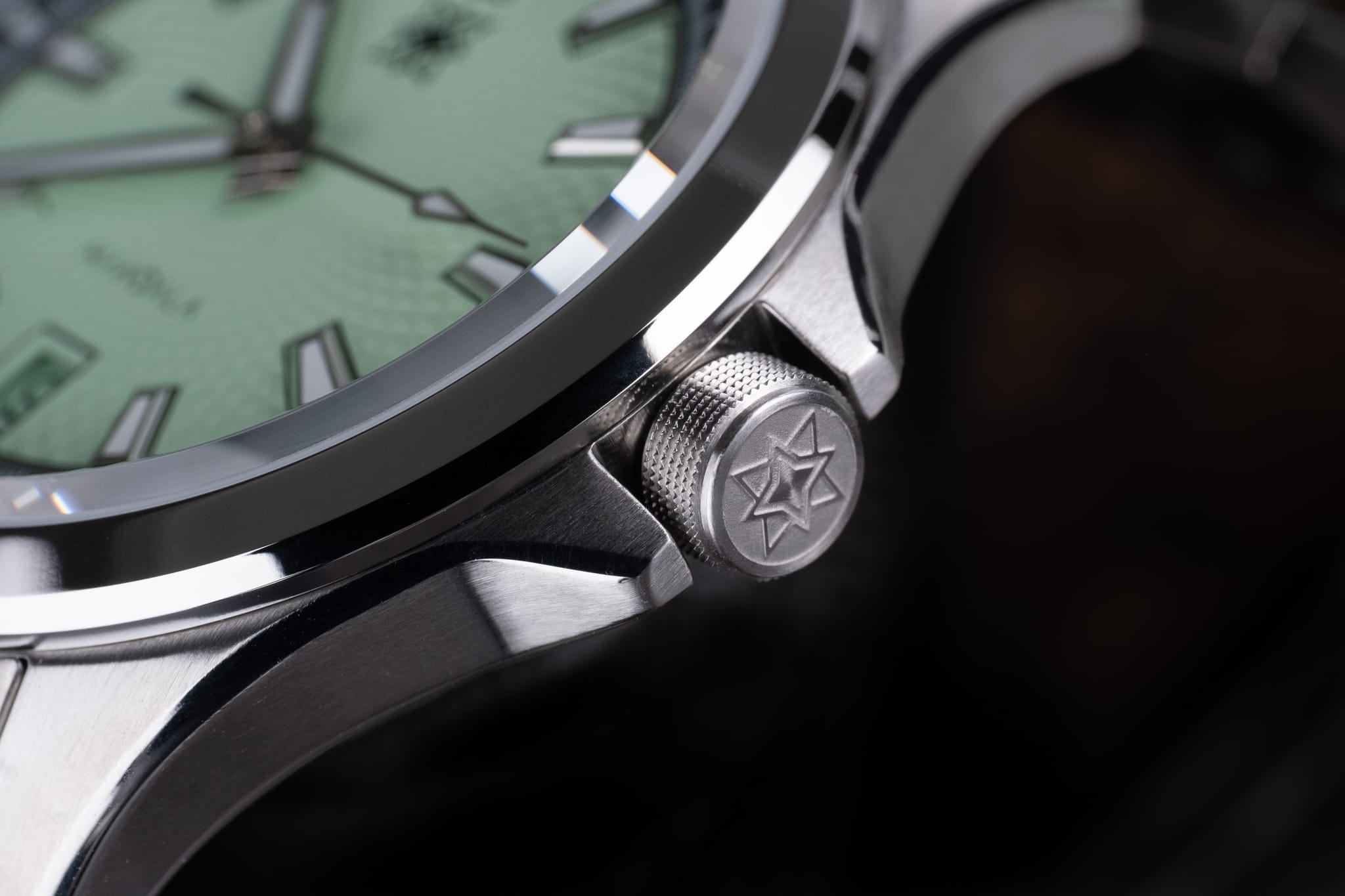
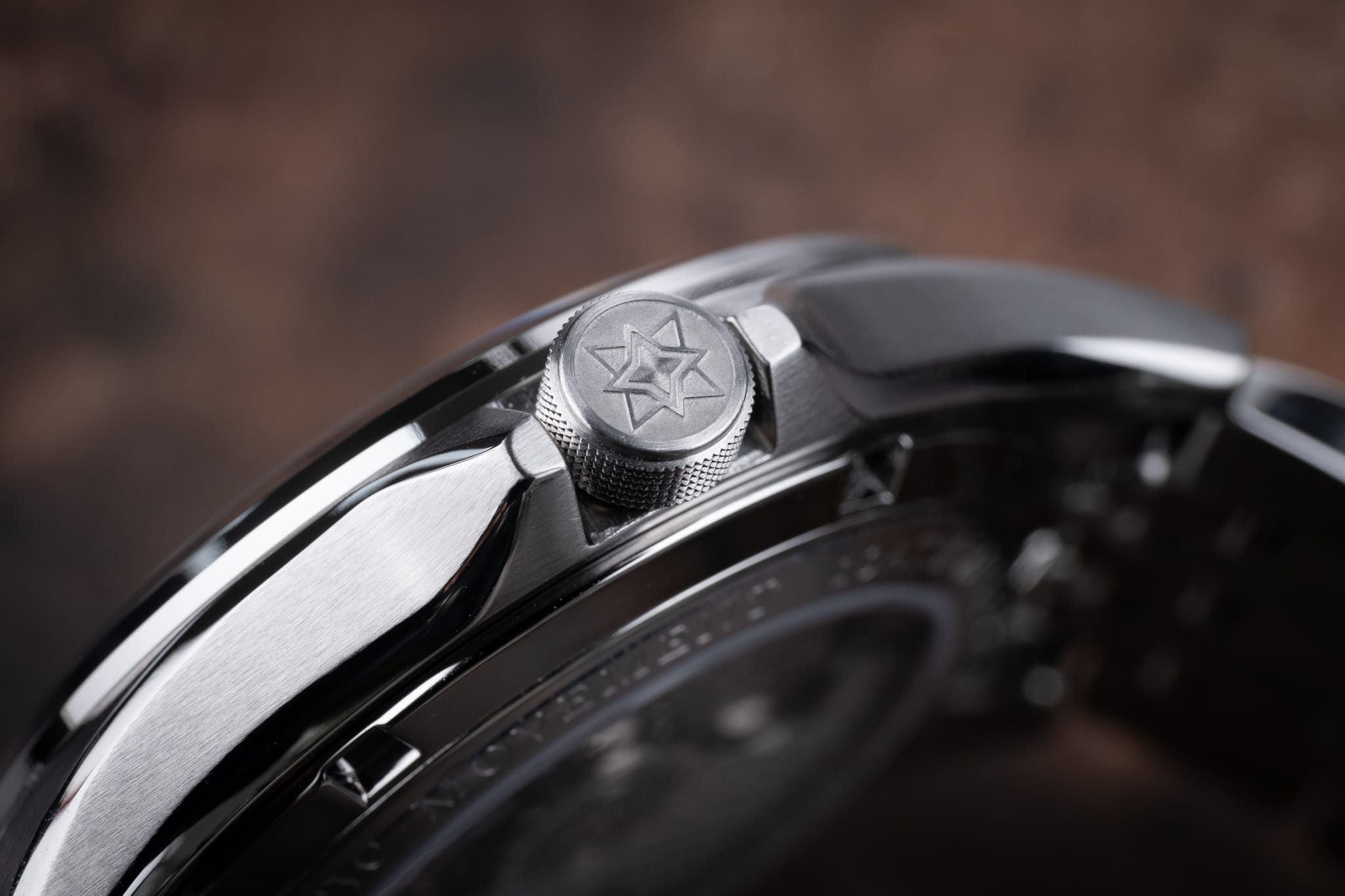
Flip the watch over and you’re greeted with a polished screw-down caseback with sapphire crystal exhibition window showing the movement beneath. Some of the key specifications, including the 10ATM/100M water resistance, are engraved into the outer.
The bracelet is a seven-link design with alternating brushed and polished sections that will be familiar to owners of recent Second Hour watches. It’s one of the key upgrades over the nine-link bracelet found on the MK2 and other than the clasp and end links is aesthetically almost identical to that found on the Sattelberg MK2. All removable links are secured by single-sided screws (the best and least fiddly in my humble opinion) and the brushed outer links have polished chamfers to match the watch case. The lug width is 20mm, but the bracelet tapers down to 18mm to meet the twin-trigger single fold-over clasp, which has polished bevels to its sides. The second hour logo is engraved onto the top section of the clasp. The new bracelet benefits from a redesigned milled clasp which now offers push-button on-the-fly adjustment that slides into any one of the six incremental positions spanning approximately 9mm. The bracelet is also quick-release so it’s easy to swap the bracelet out for a strap of your choice. The bracelet is as good as any you’ll find on a watch at this price and thankfully the push-levers for the quick-release spring bars are of a thicker gauge on the Mandala, which addresses one of the few criticisms I had of the Sattelberg.
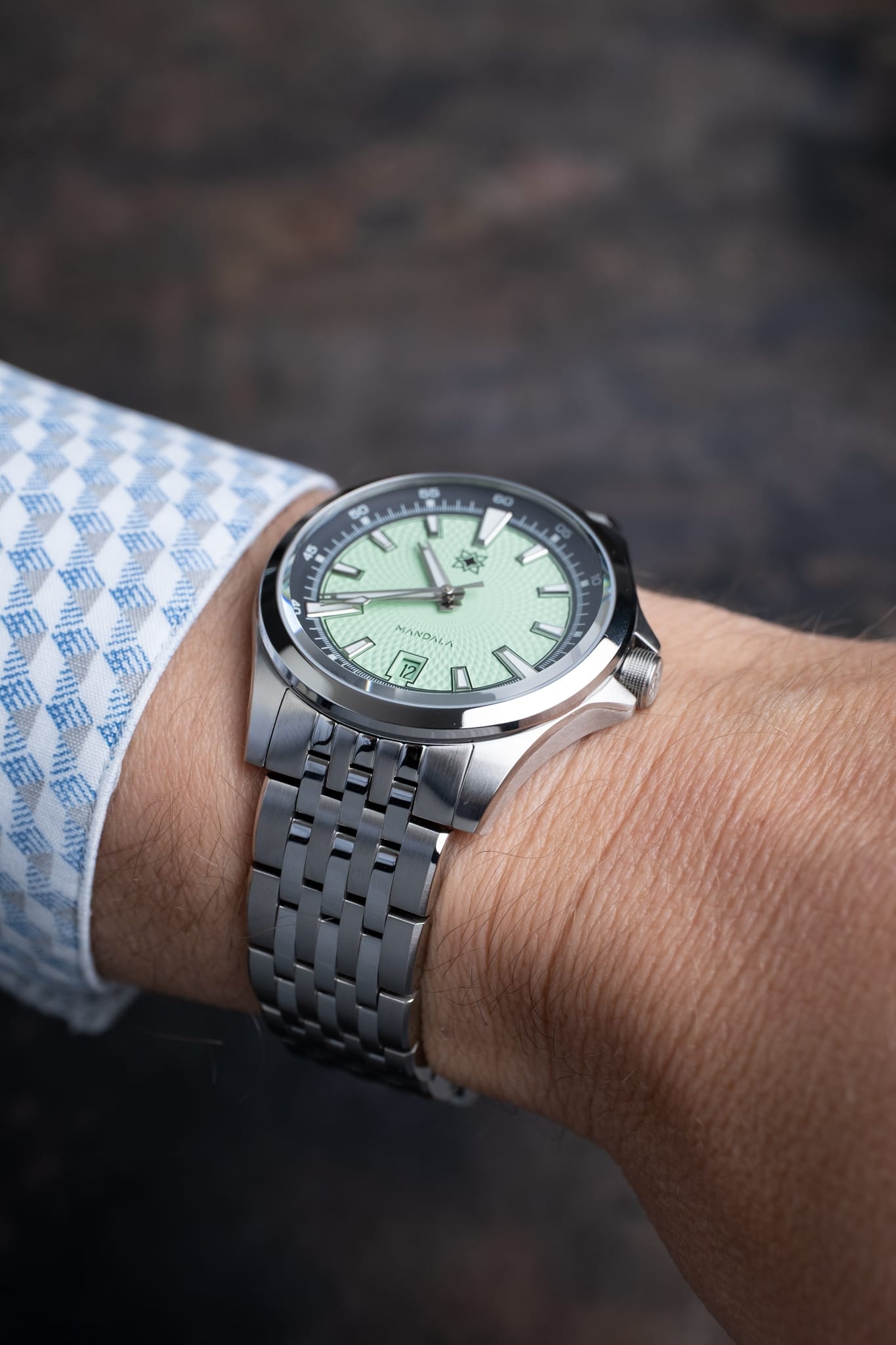
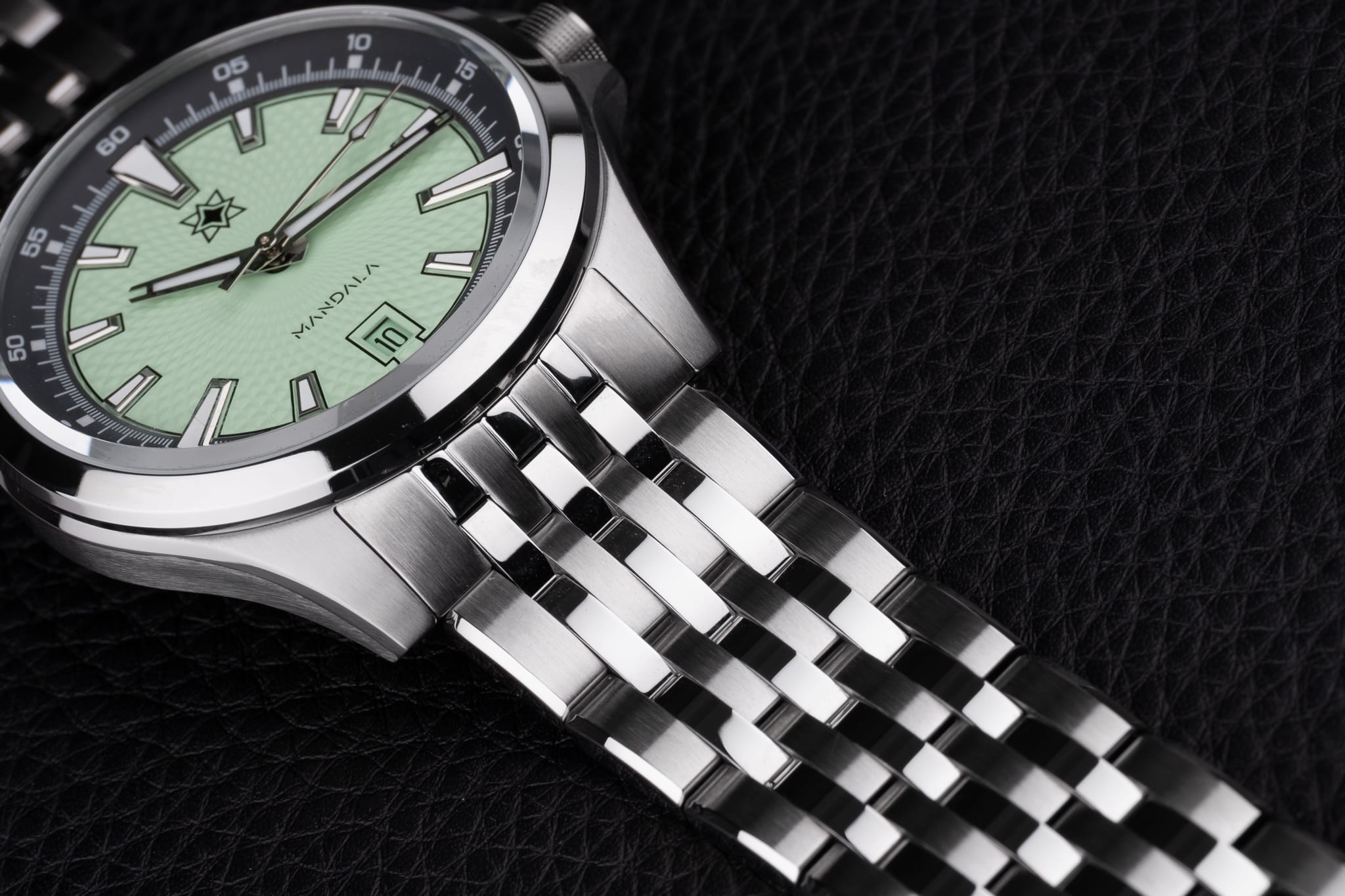
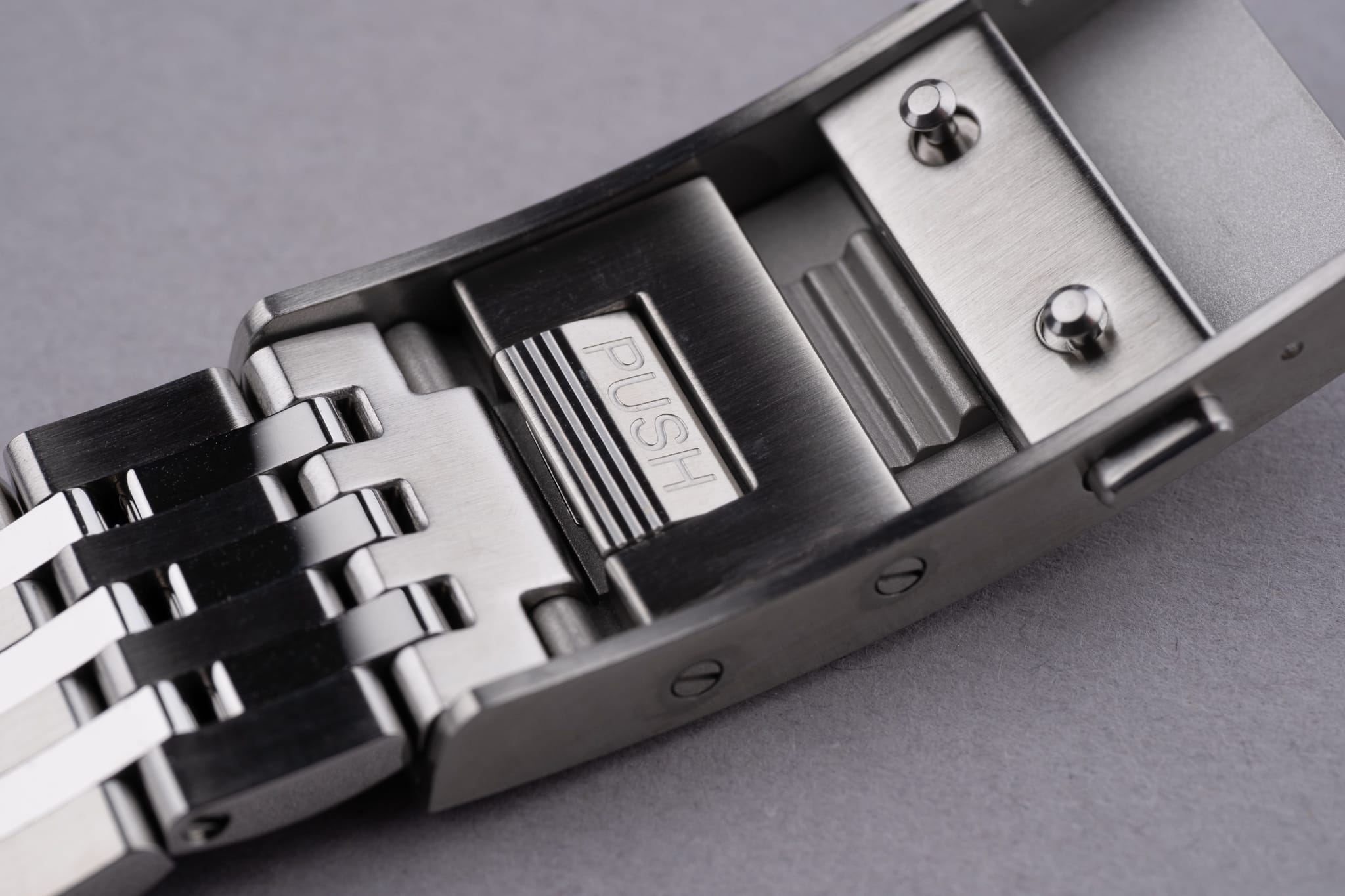
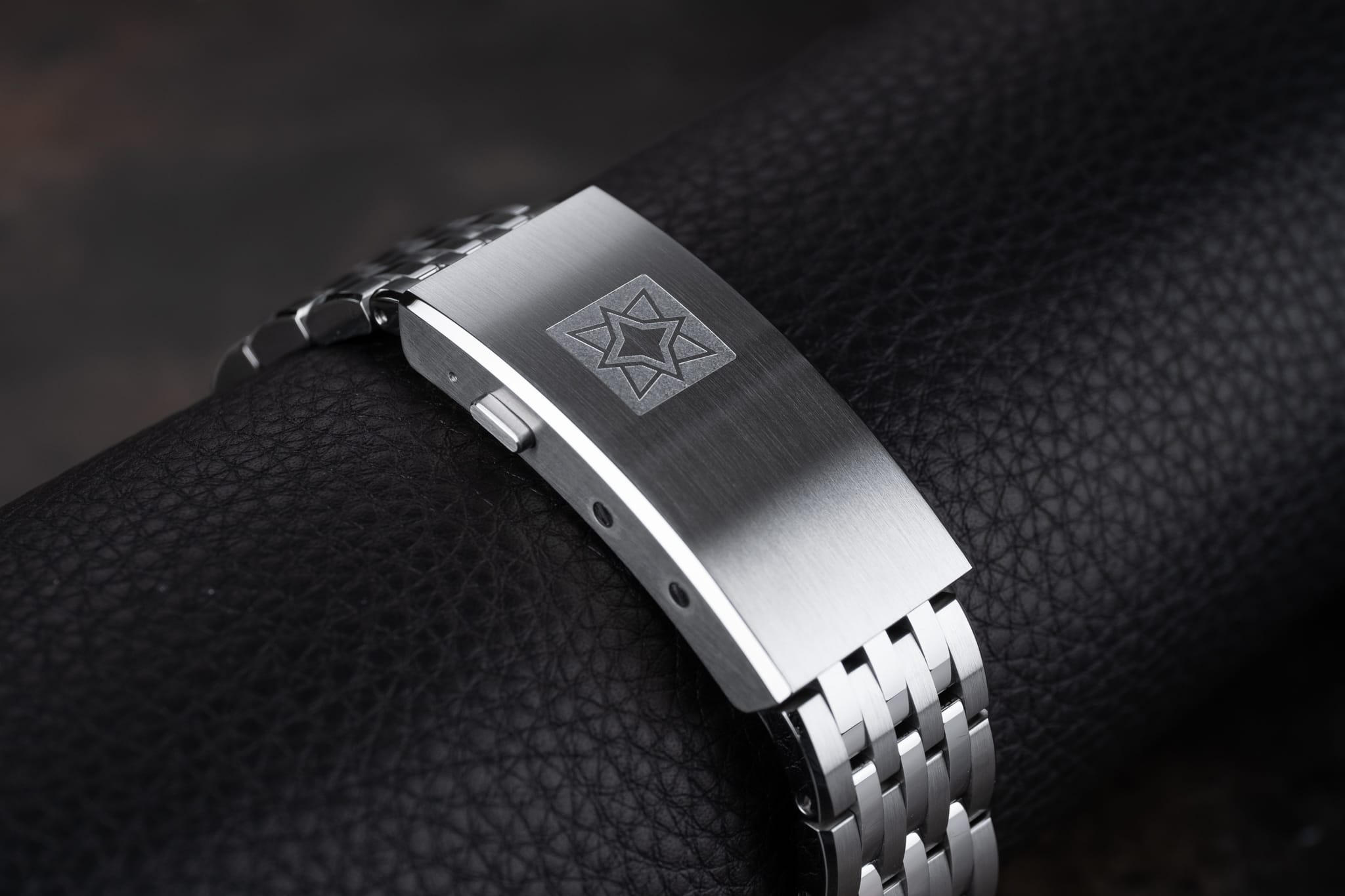
Bracelet articulation is very good, but if I’m being picky it’s one of the only areas I think could be improved even further for the MK4! The signed clasp is also excellent, but for added refinement it could be reduced in size slightly or Second Hour could maybe offer the option of swapping it out for a butterfly clasp and removeable half-links for those who are willing to forgo the convenience of toolless adjustment. It’s a shame that two screws securing the quick-adjustment mechanism are visible on the outer clasp, but I’m guessing it’s a purposeful engineering decision aimed at ensuring the clasp is durable. Overall, the case and bracelet are superb with well-judged proportions and a high level of finishing.
The Dial and Handset
Where the Mandala really shows off its personality is in its dial. I tend to think of the Mandala as the more lavish and flamboyant cousin to its field watch counterpart, the Sattelberg, and much like Porsche’s 911 has evolved incrementally over time. One of the most significant improvements over the MK2 is the mesmerising guilloché section of the dial, which has now been expanded to fill the entire space right until it hits the sloped chapter ring. This is a good move and really makes the most of its best asset. As well as being attractive, it adds texture, contrast and light play to the dial. It’s worth noting that the contrasting chapter ring gives the illusion of the dial and indeed the case being slightly smaller than it is.
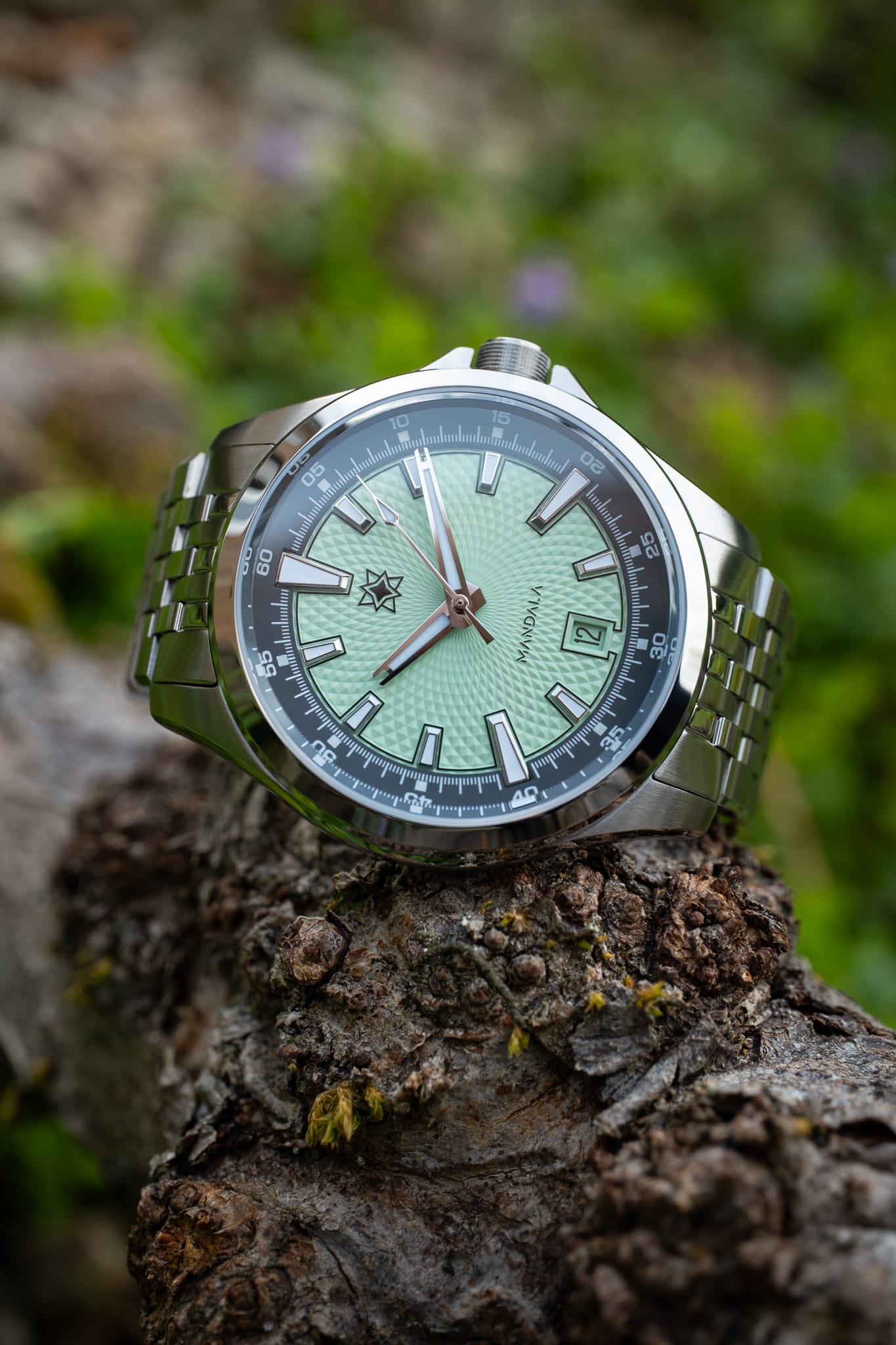
The dial is said to be of a higher grade than on previous Mandalas. Whilst I can’t cast judgement on this personally (I’ve not had hands-on with the older versions), I can attest to the fact that the MK3’s dial is indeed of high quality. In addition, the gorgeous, applied indices now have curved outer edges to match the curvature of the dial, which also results in a more seamless integration with the chapter ring. Finally, every Mandala now has a more discrete colour-matched date wheel.
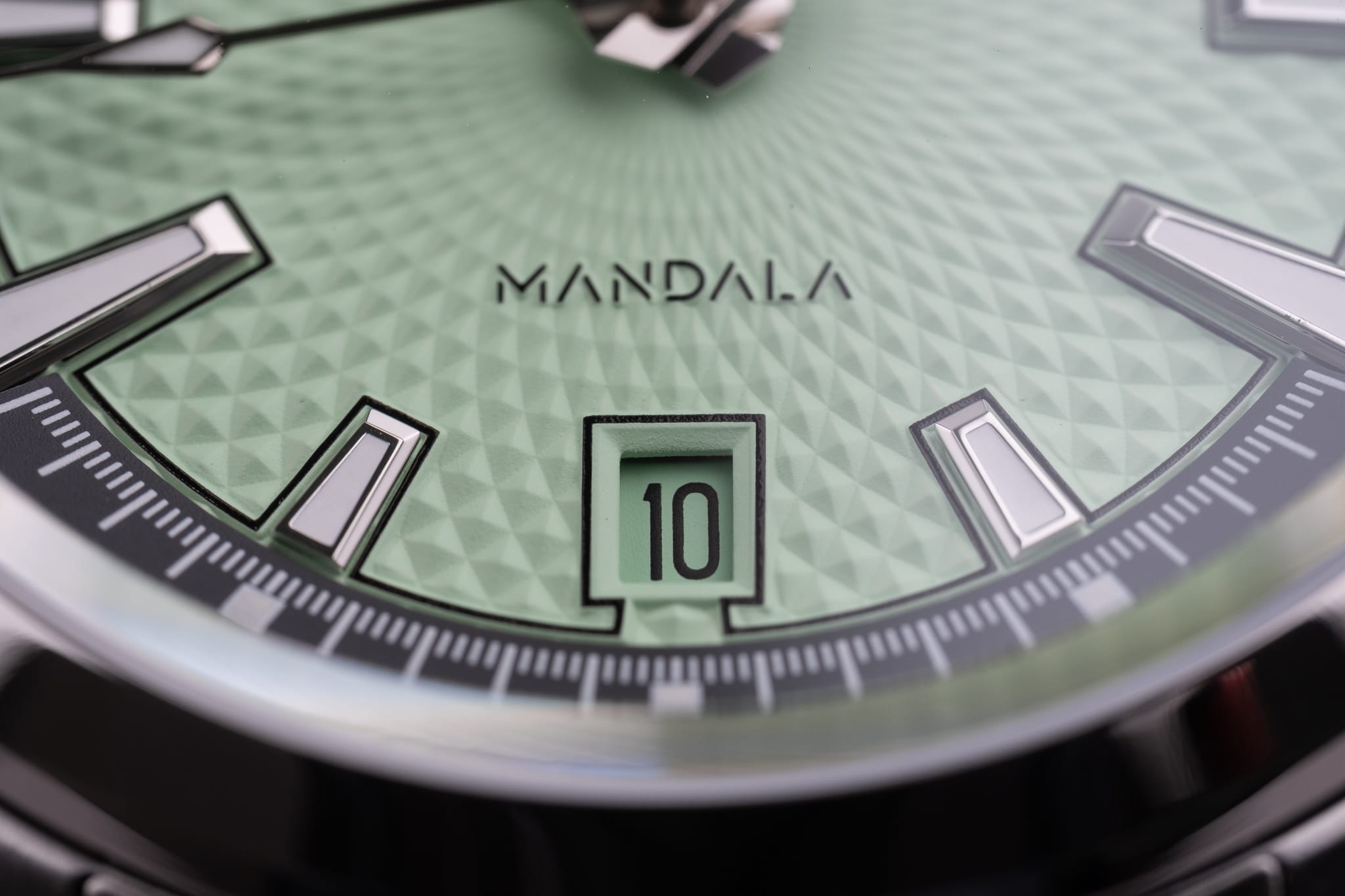
In more detail, working from the outside in, the minute/seconds track is printed in white onto the dark grey, generously wide and sloping chapter ring. Large hash marks are used for each full minute/second with smaller hash marks used for fractions. Square blocks and Arabic numerals denote every five minutes/seconds with the 5 printed as 05 for balance of design. The 12 o’clock, 4 o’clock and 8 o’clock applied hour markers, which are larger than the remaining indices, encroach into the chapter ring by way of cut outs. The 12 o’clock index is fractionally larger than the 4 and 8 to help aid orientation in low light. A nice touch is the thin black outline which delineates the applied indices from the chapter ring and traces around the three inner sides of each index. Every applied hour index features a silver frame with bevelled edges that encompass powerful Swiss SuperLuminova BGW9 lume. The diamond-cut polished hour and minute hands have a signature shape specific to the Mandala, with forked tips and a pronounced midline bevel. The seconds hand features a narrow kite-shaped tip and as with the indices, all hands benefit from BGW9 luminescent infills. The framed date window sits at six o’clock and dial printing proves that less is indeed more, with just the Second Hour logo at 12 and ‘Mandala’ at six!
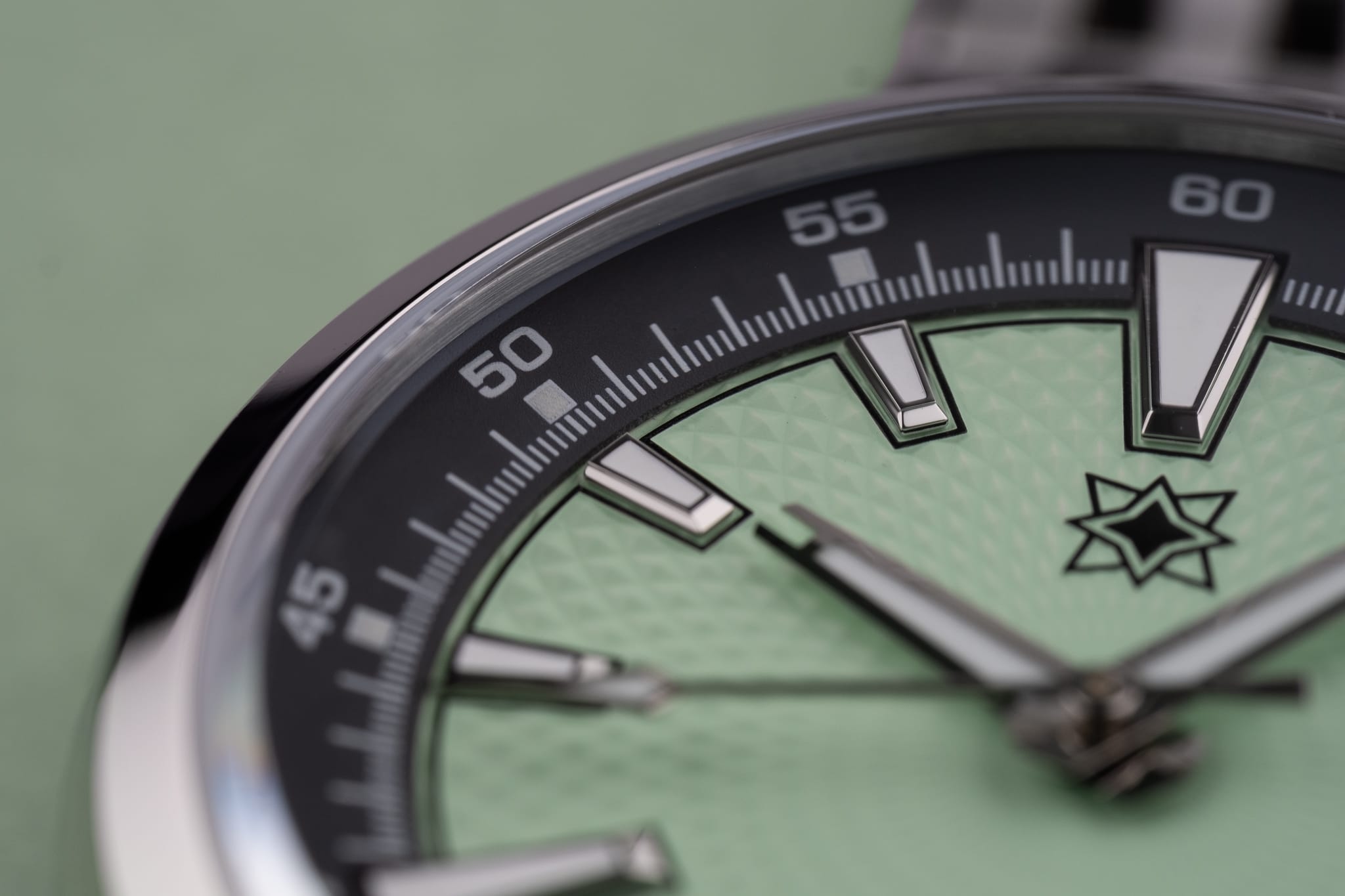
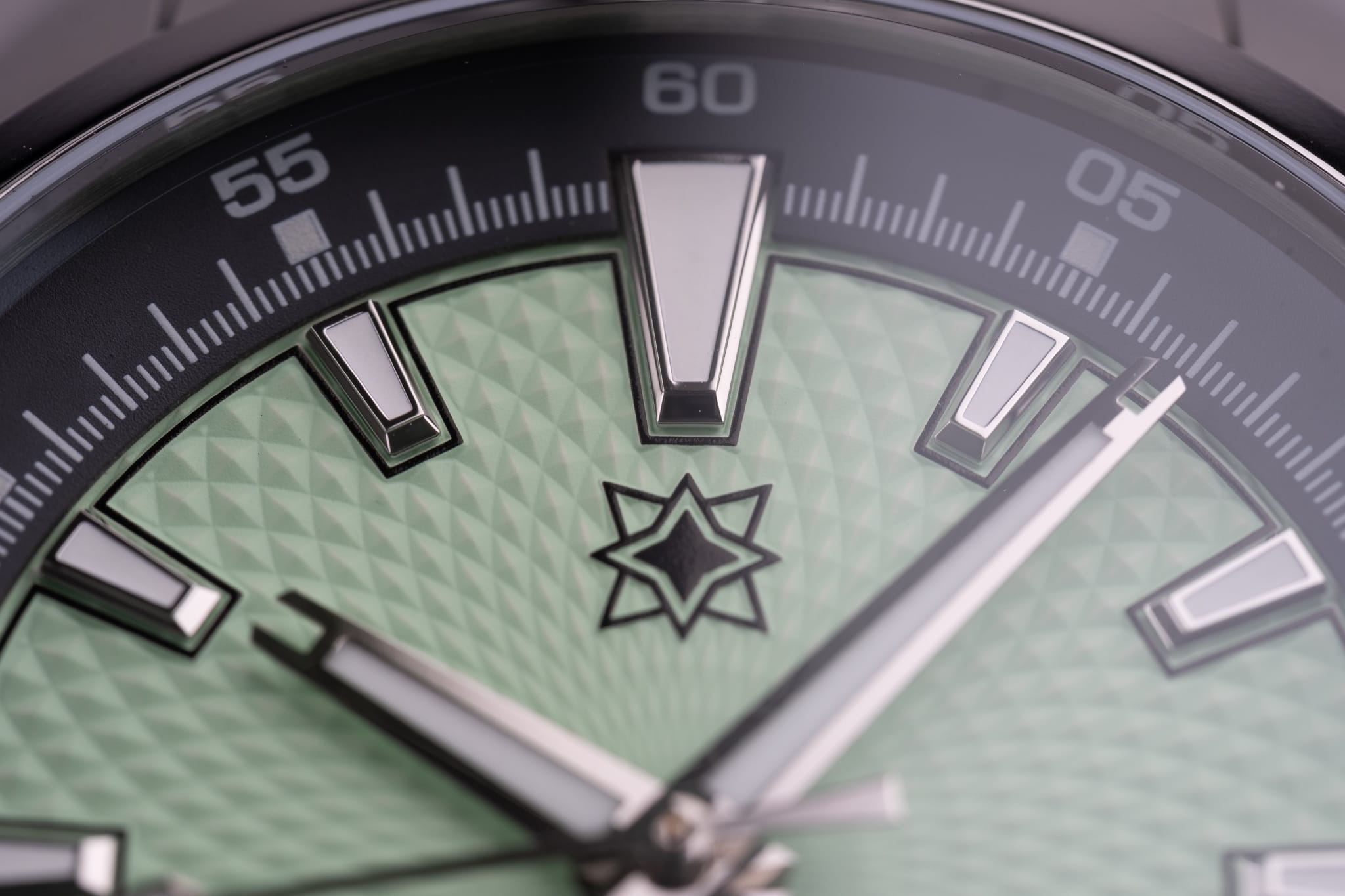
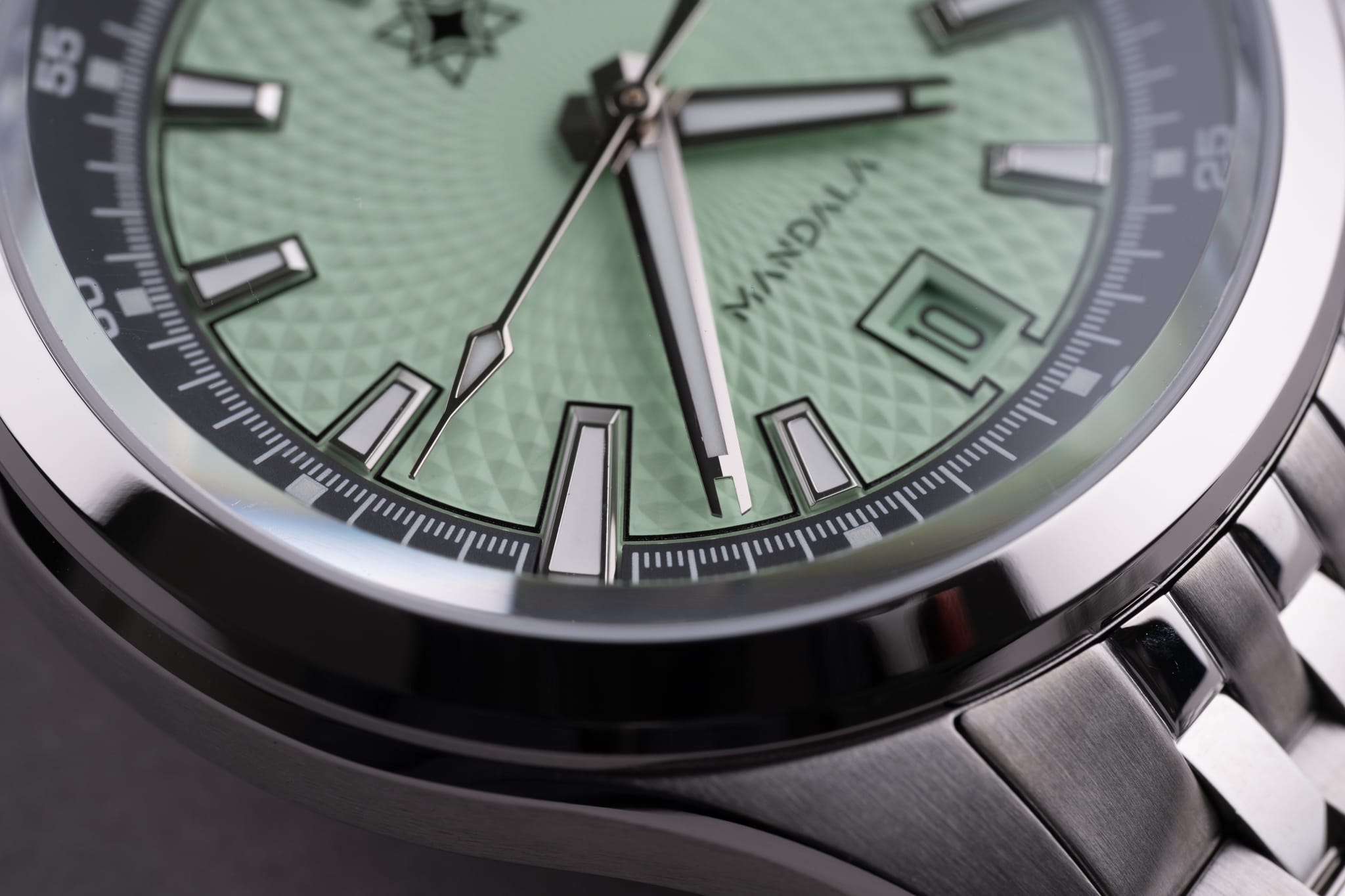
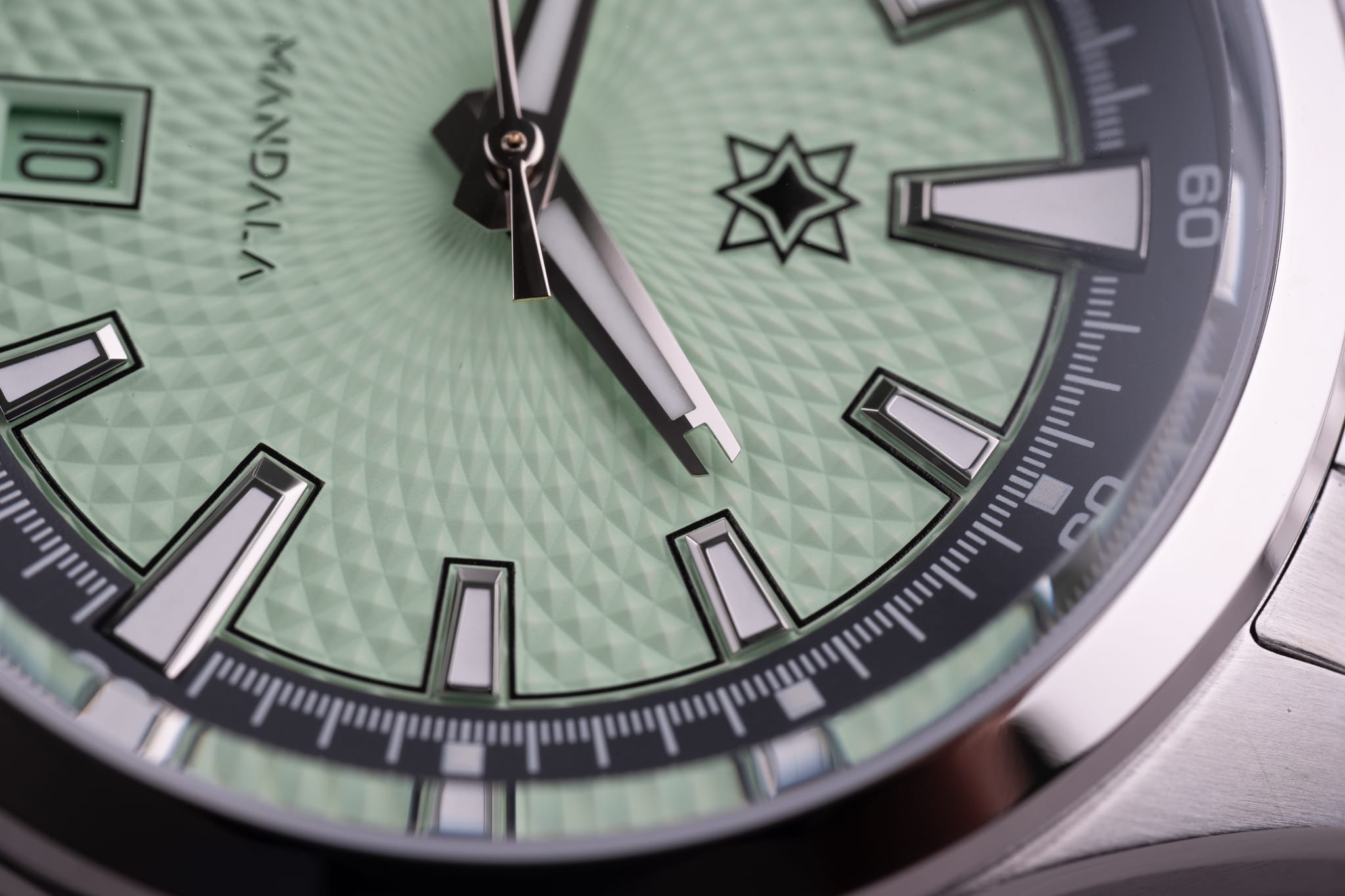
The dial is beautifully symmetrical and it’s nice to see signature Second Hour touches, such as the more prominent 4, 8 and 12 indices. The concentrically-patterned guilloché pattern reminds me of one of the more complex spirograph patterns you used to do as a kid. The mint dial looks stunning in person and is really clean and fresh, making it a perfect summer watch. Perhaps what surprised me most about the Mandala is that legibility is truly class-leading which is no small feat on a watch with a light-toned dial and such complexity.
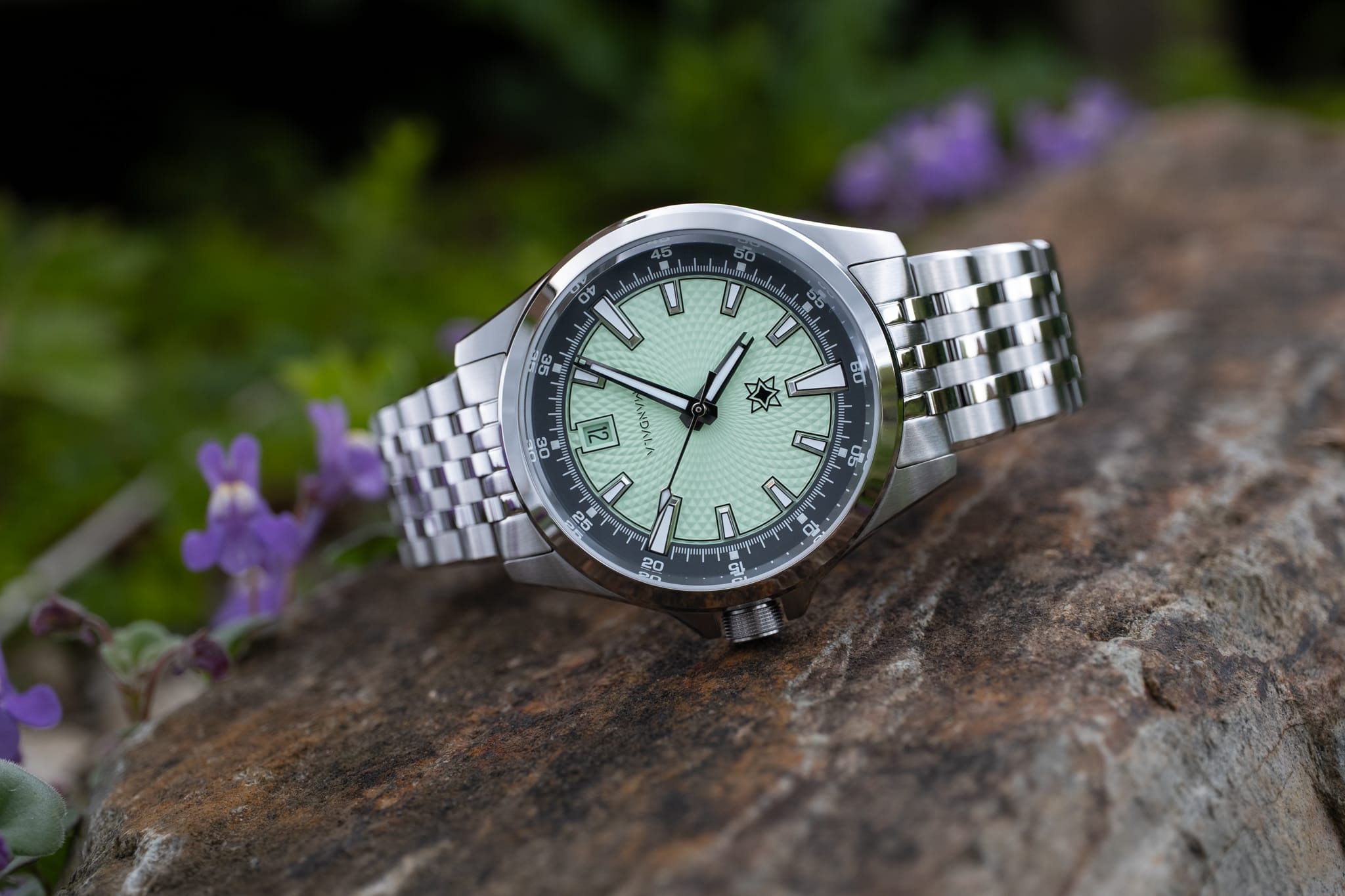
The Movement
The Mandala MK3 is fitted with the Miyota 9015 movement, a 24-jewel premium Japanese automatic movement from Citizen. It’s probably my favourite of the affordable movement options and can’t be bettered for the price. It’s extremely reliable, well put-together and reasonably accurate (within -10/+30 seconds per day). It has a 42-hour power reserve, it’s hackable allowing you to set the time precisely and you can hand wind the movement. The beat rate is 28,800bph/4Hz so the seconds-hand sweep is smooth. The only downside is that the uni-directional rotor on the 9015 can be a bit on the noisy side and you can feel the rotor movement. A nice touch is that Second Hour has added a custom design rotor.
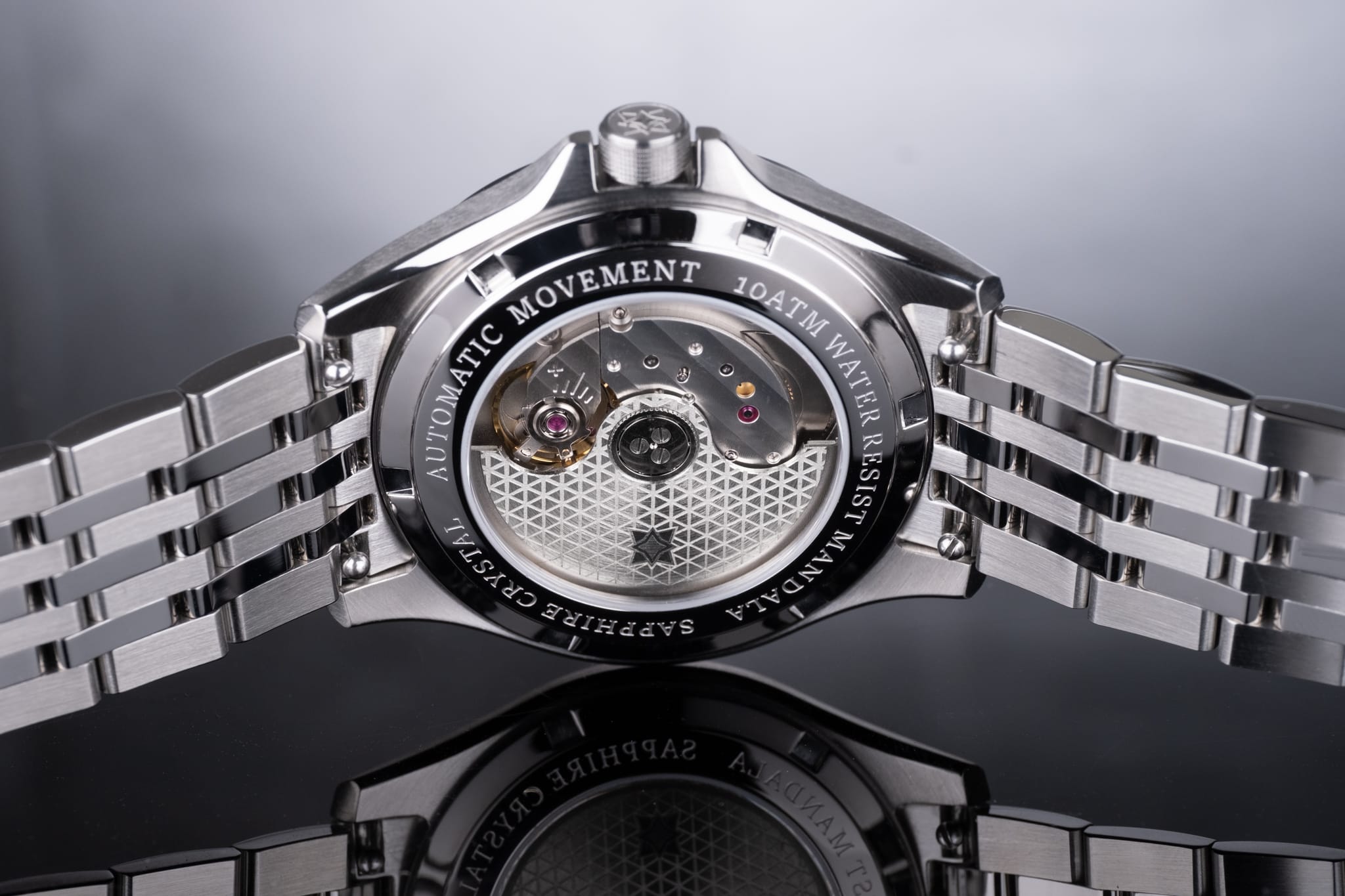
Final Thoughts
Second Hour continues to make watches that it’s difficult not to be won over by and are a brand mature beyond their years. Their design language has evolved over the course of just six years and they now have a strong brand identity. They’re also clearly at a stage in their development where they have manufacturers they can truly trust and get the best out of. These factors are evidenced by the recognisable Second Hour design traits that span their entire current line-up and the beautifully crafted cases and dials. Throughout my review I had to keep reminding myself that the Mandala is in the sub-£500 price bracket. It’s a great all-round watch that makes you question the sanity of spending thousands on other watches. Is it perfect? Well no, not quite, but it’s pretty damn close! Whether you agree with my somewhat petty criticisms about the bracelet or not, provided you connect with the style of watch (which after all is subjective), for £440 the Mandala MK3 is pretty much beyond reproach. Sure, on paper other brands compete, but Second Hour pays attention to things not necessarily found in the spec sheets… something many brands overlook…the form-factor and the way a watch wears. And I defy anybody to feel hard done by buying a Second Hour watch from the current line-up!
If you’re a brand owner and you think you’ve got a watch that can compete head-to-head with the Mandala I plead with you to put your money where your mouth is and send me a watch for review!
